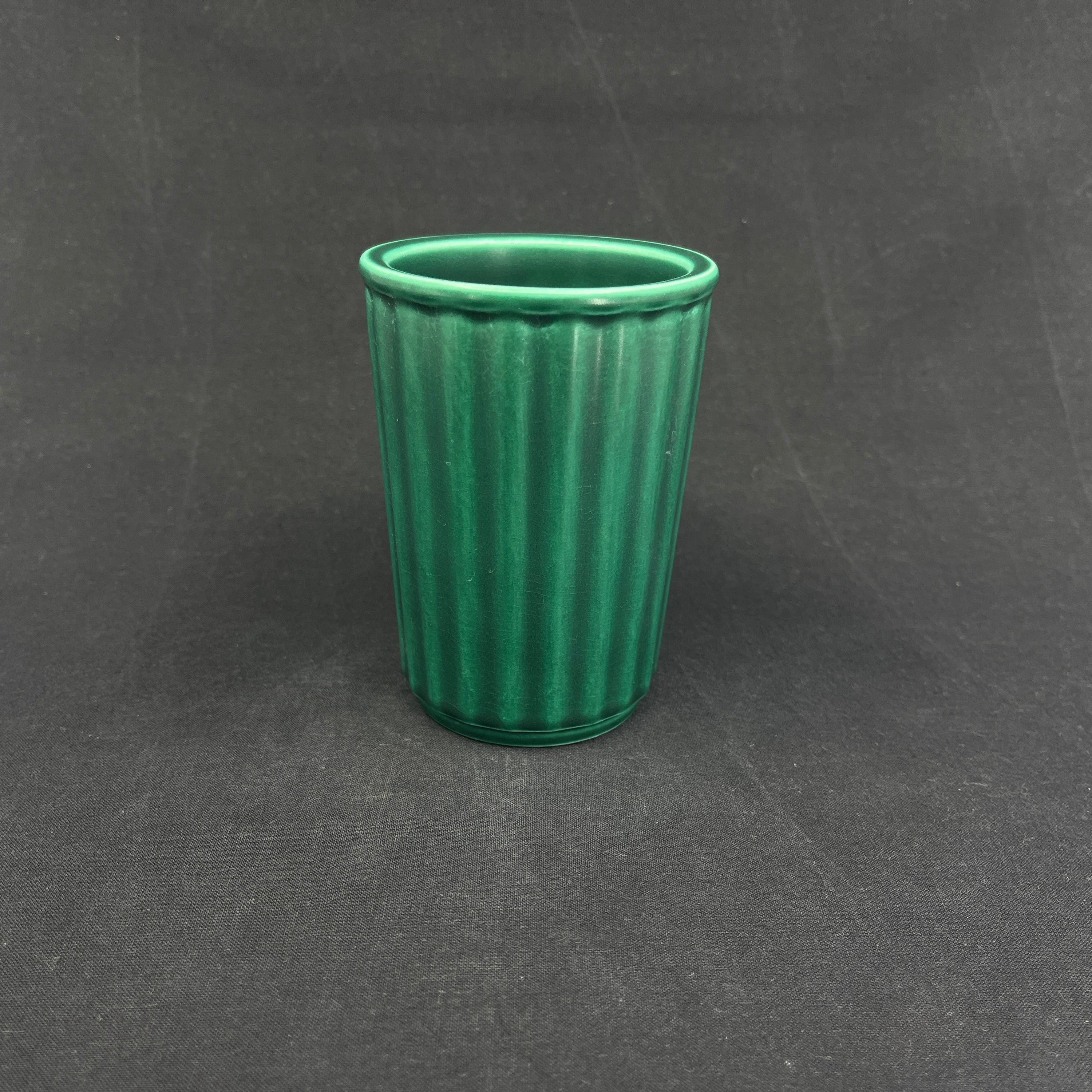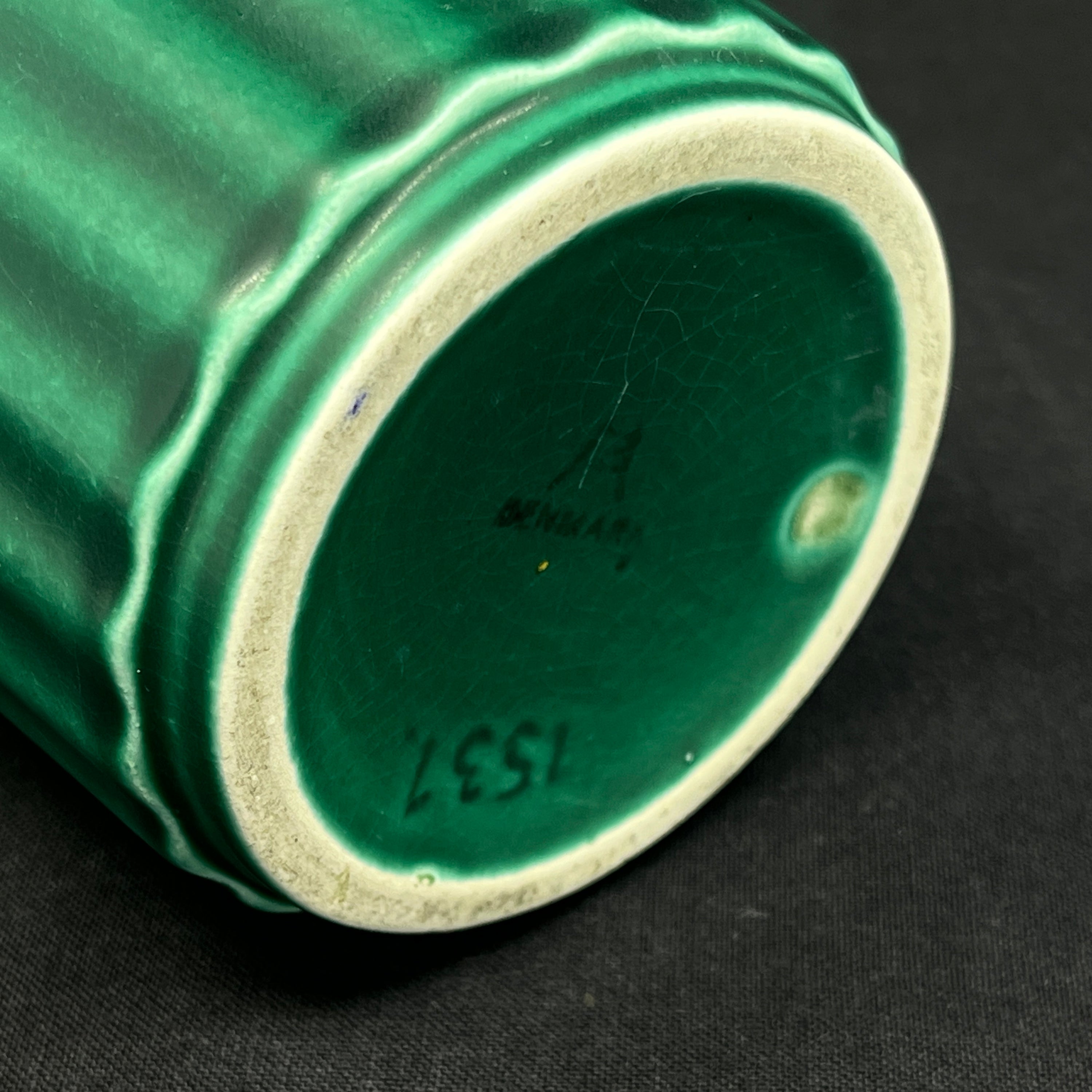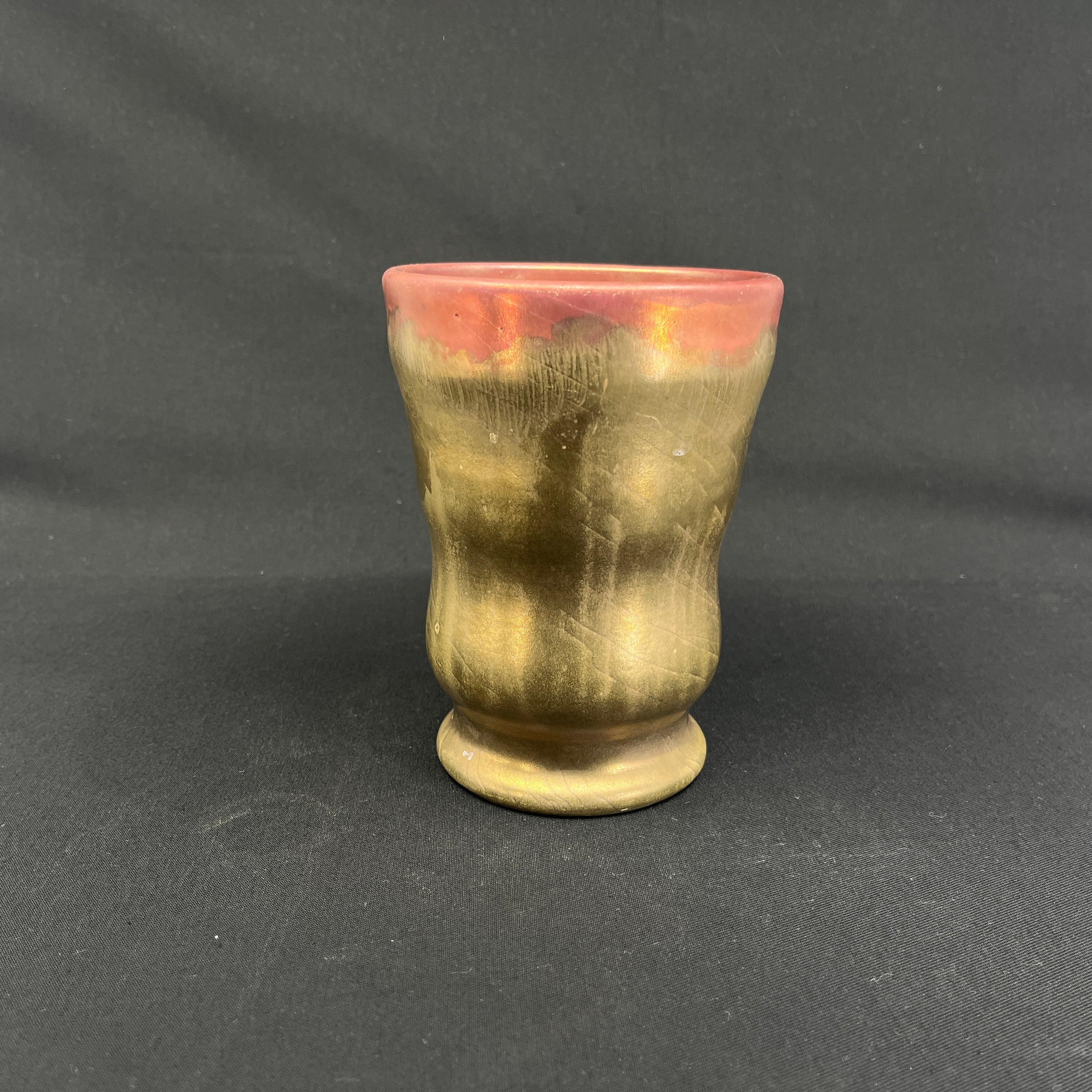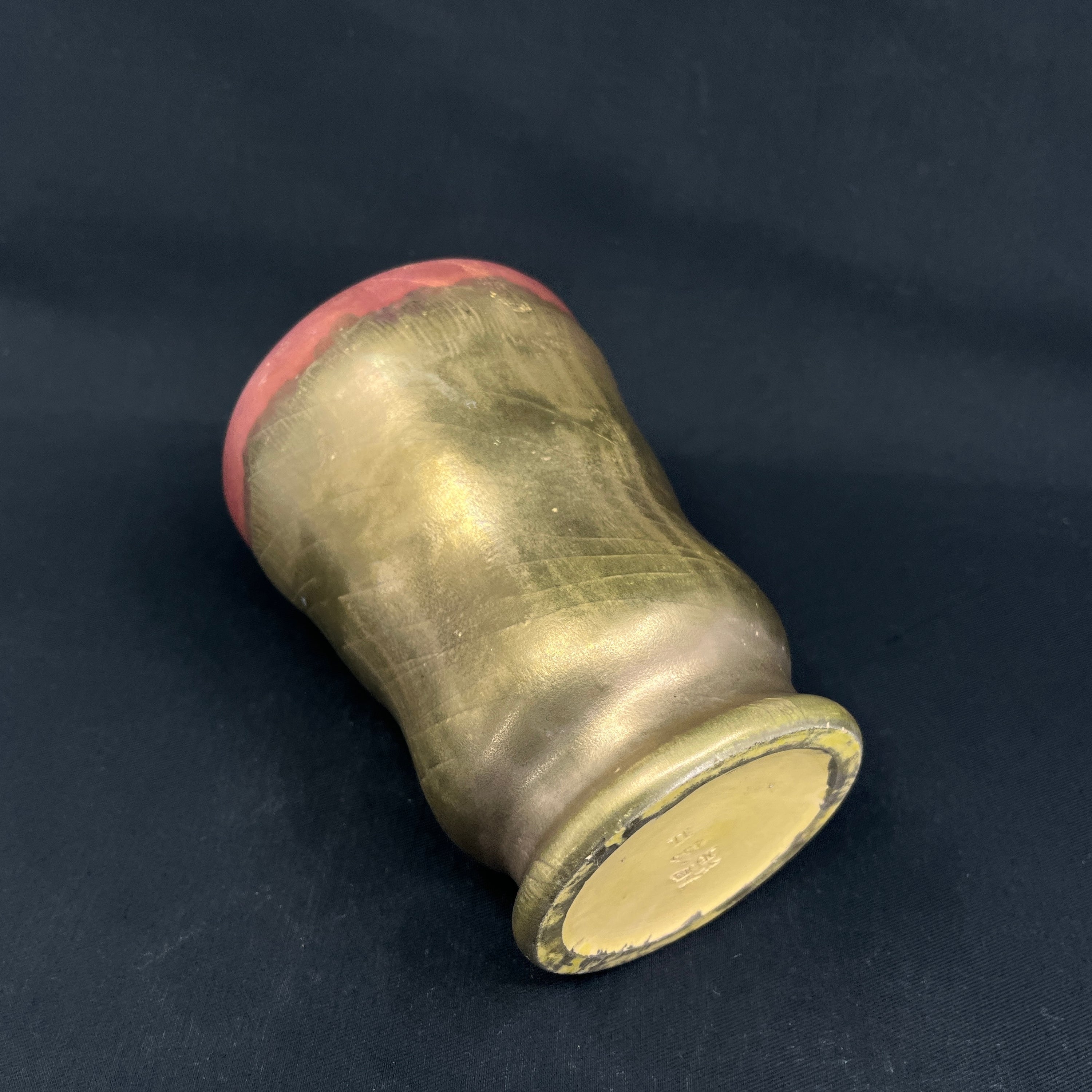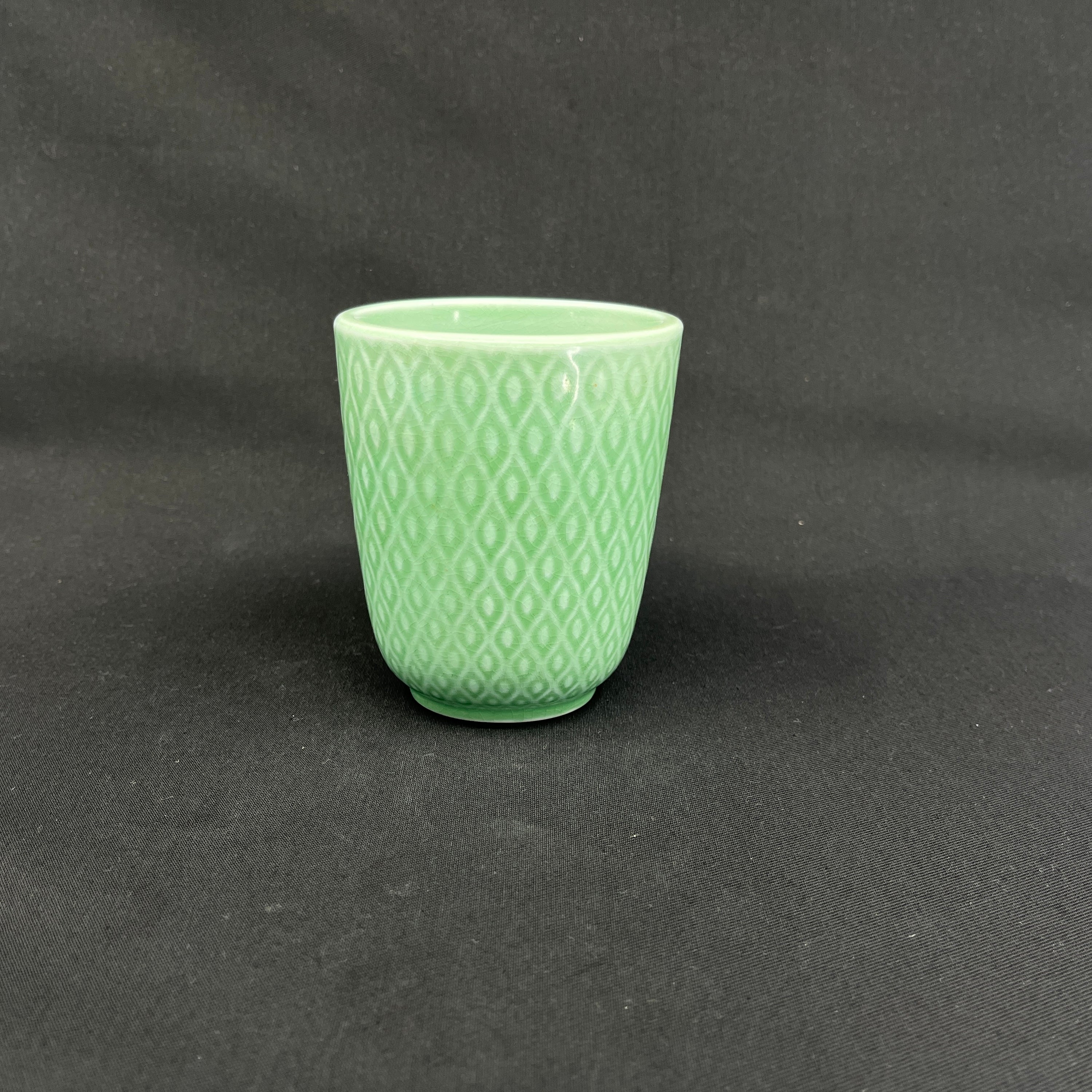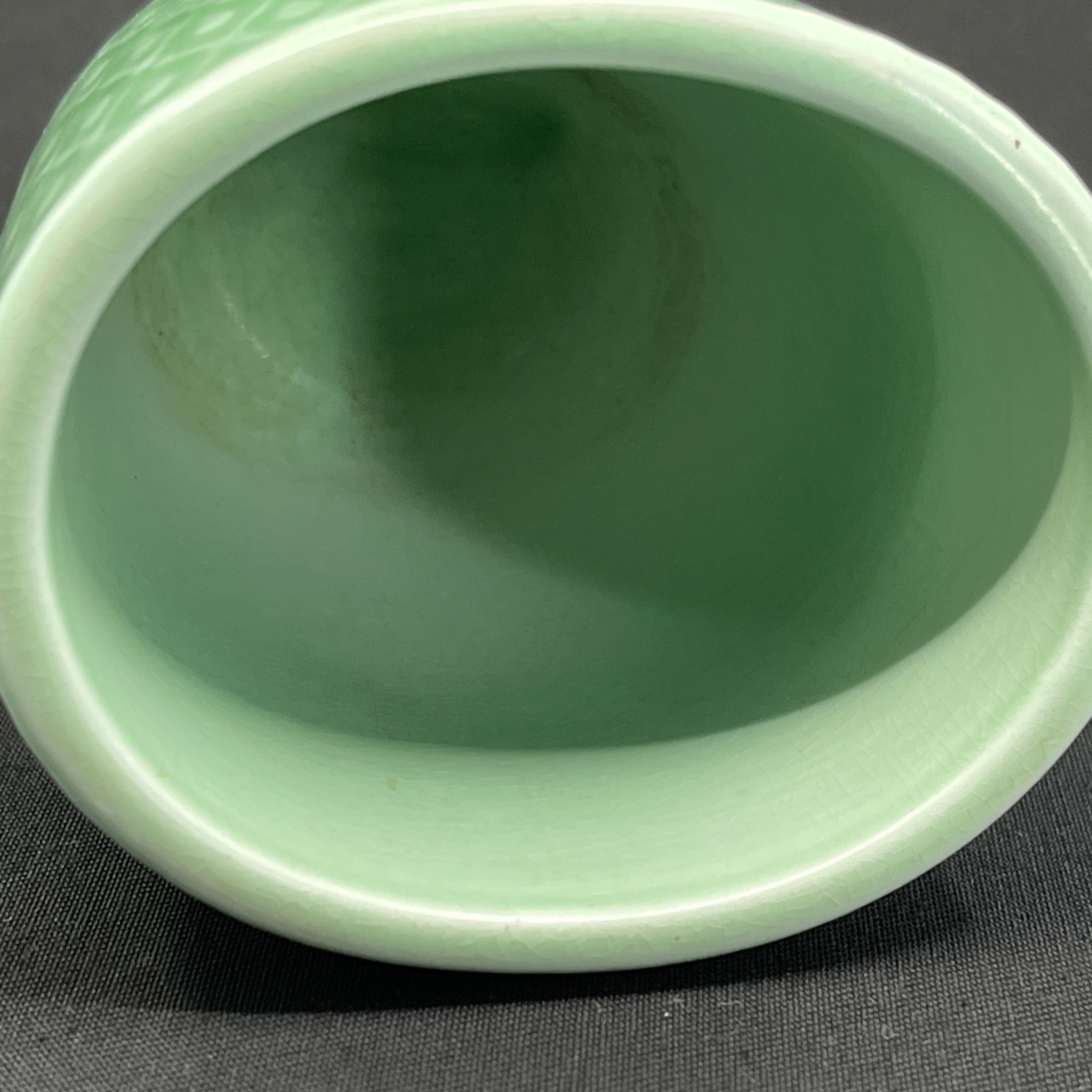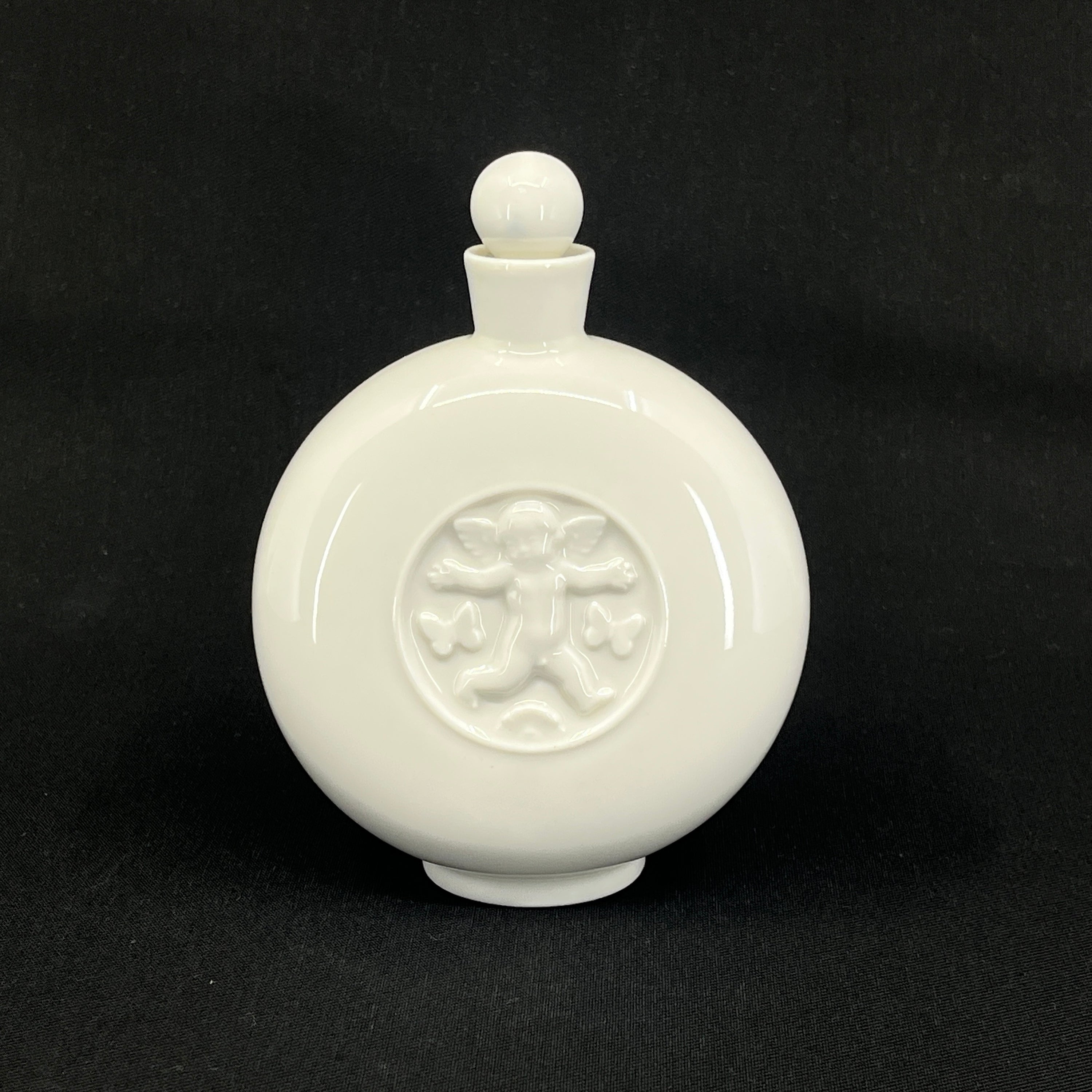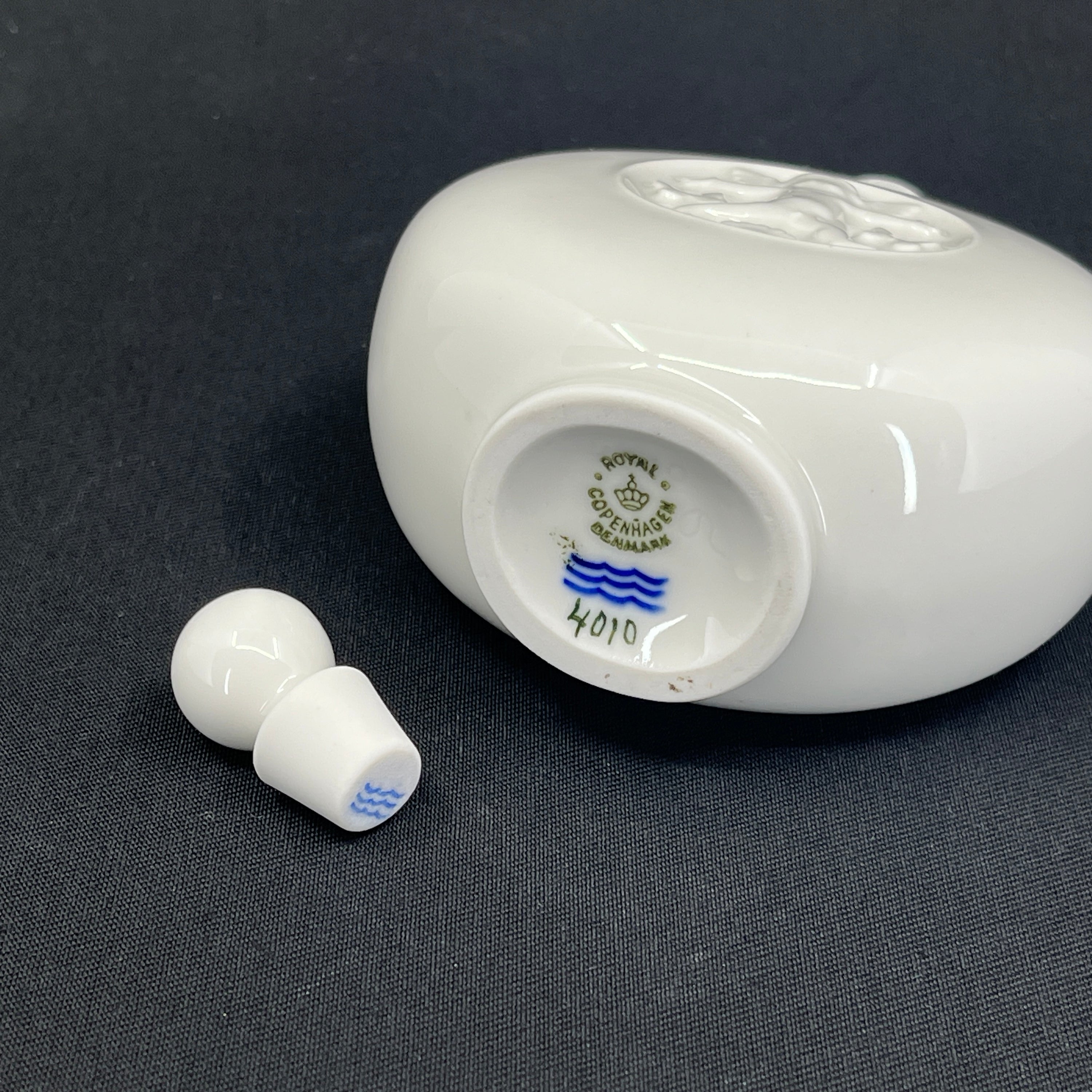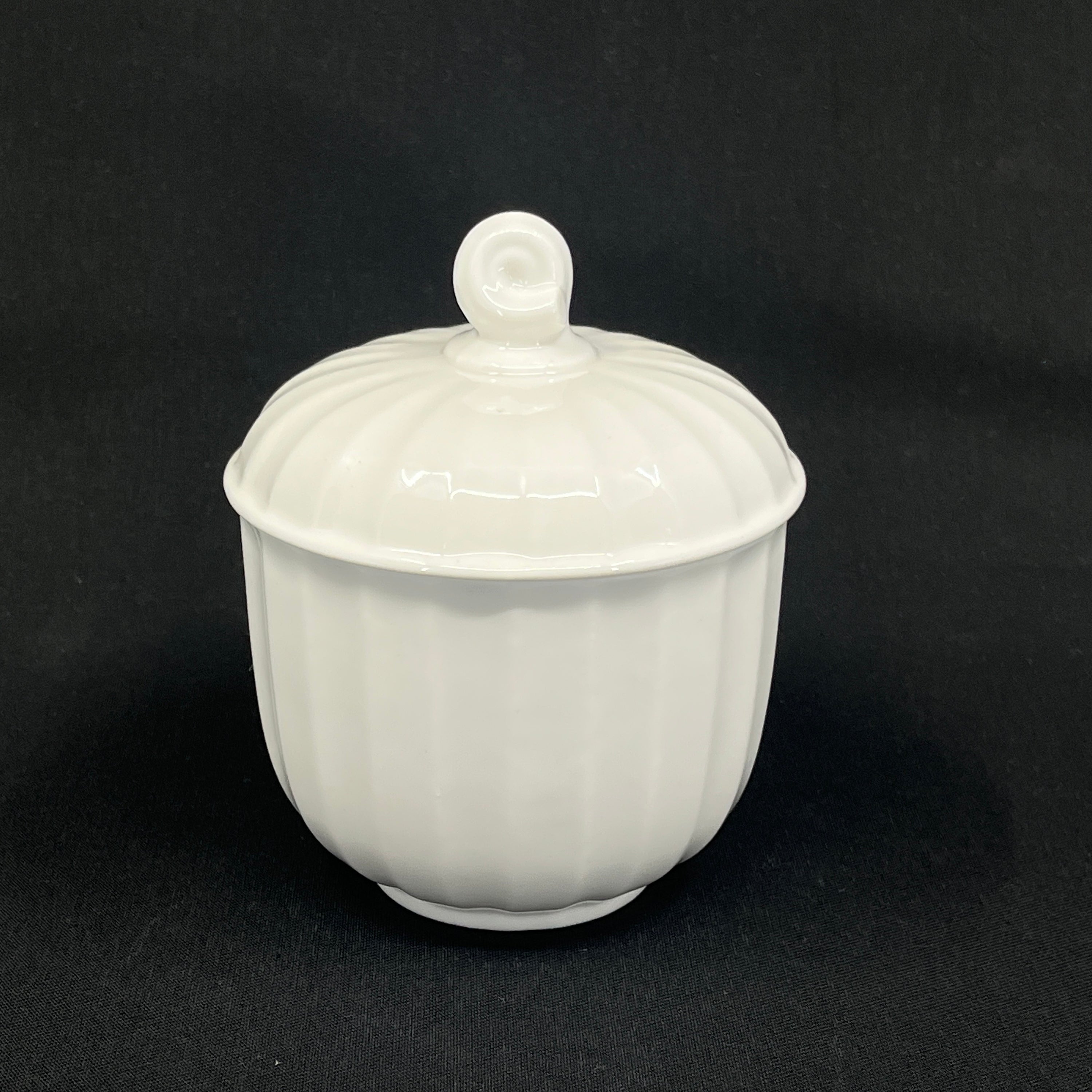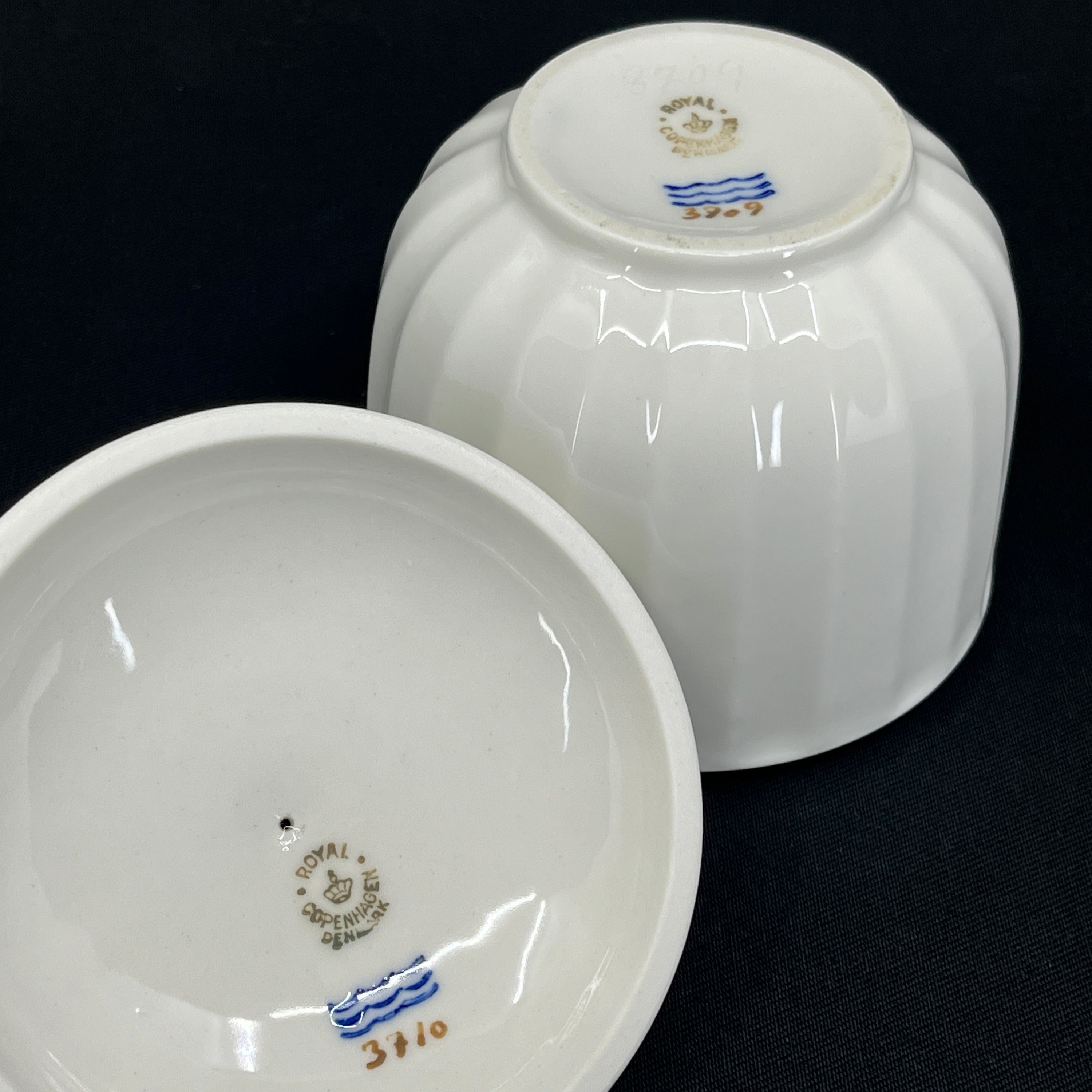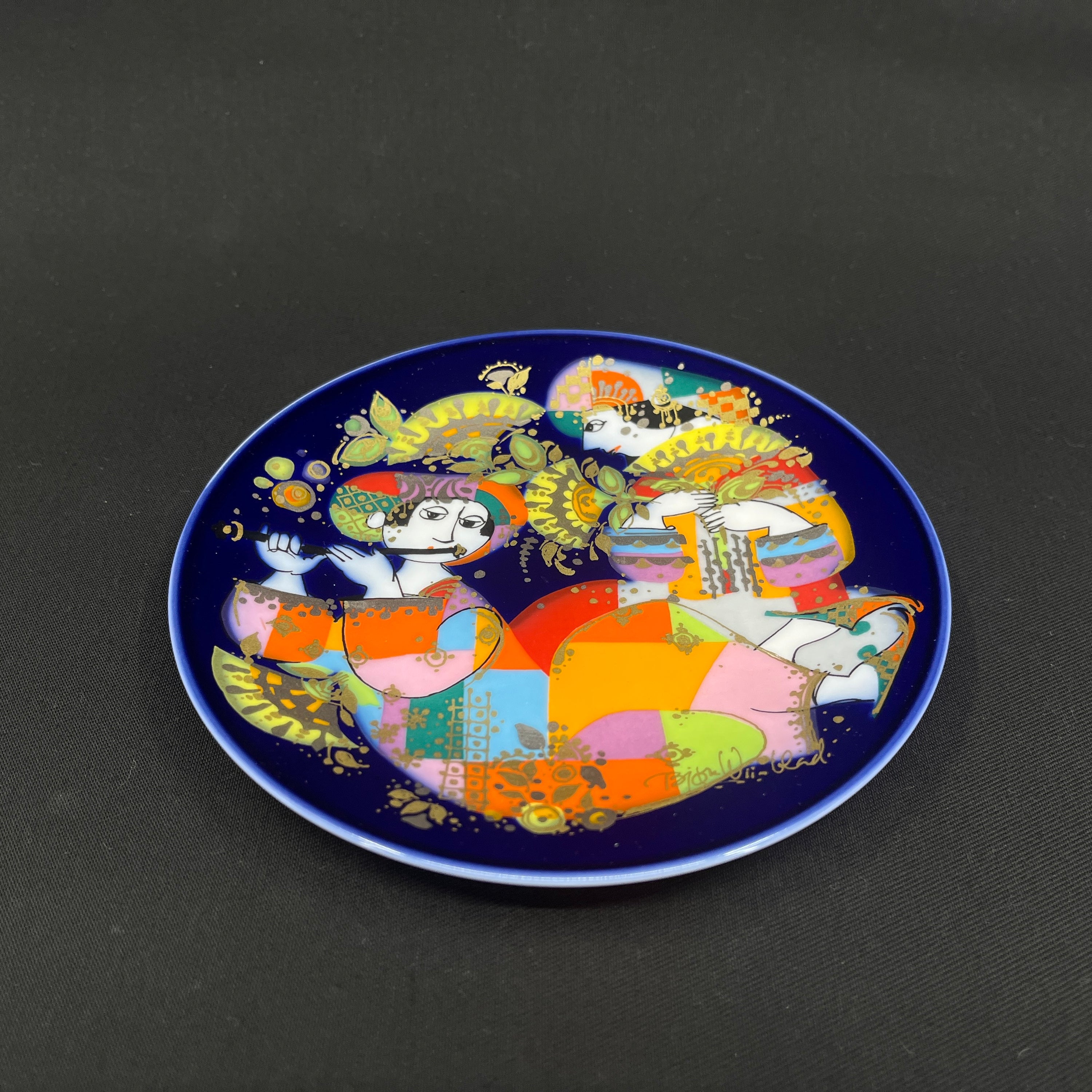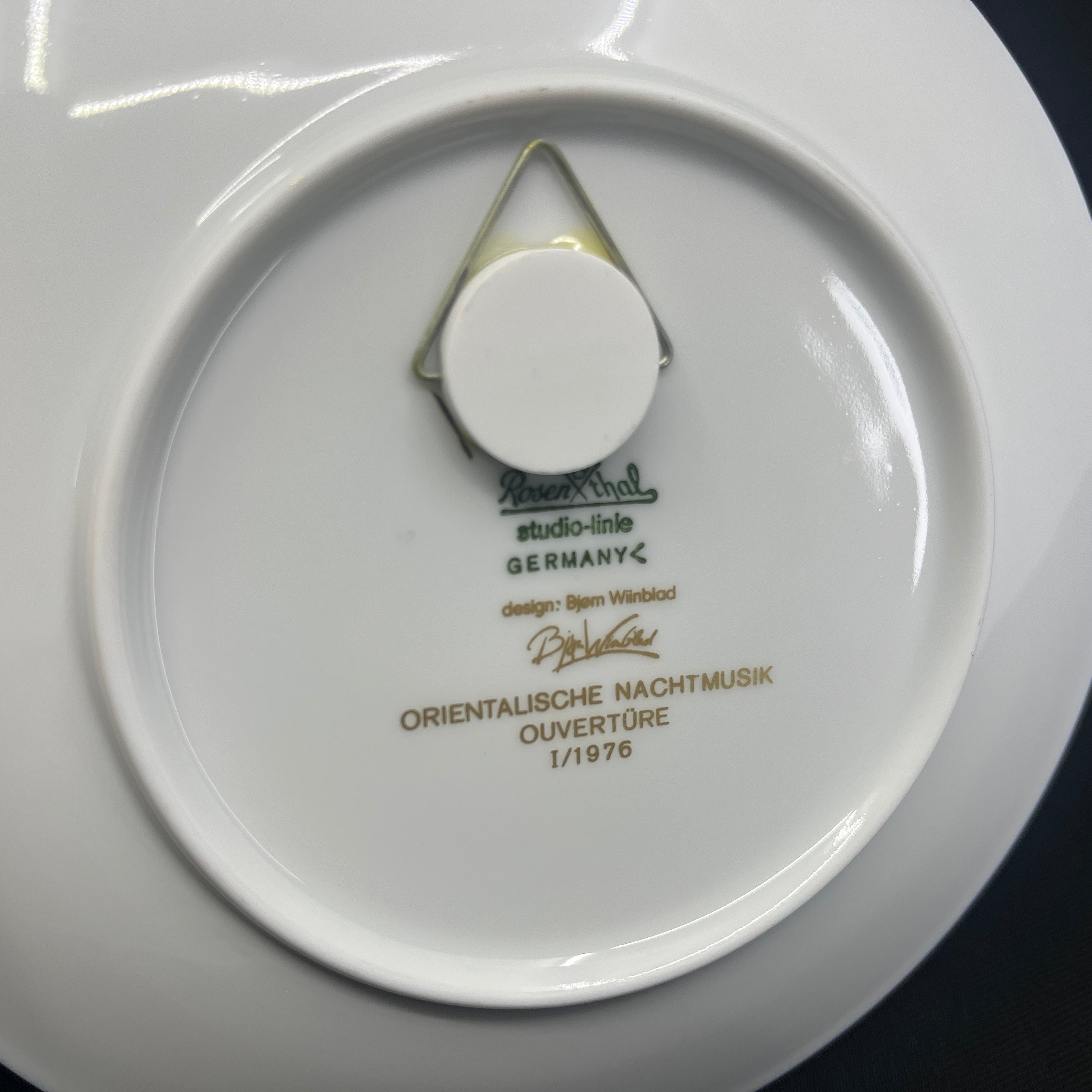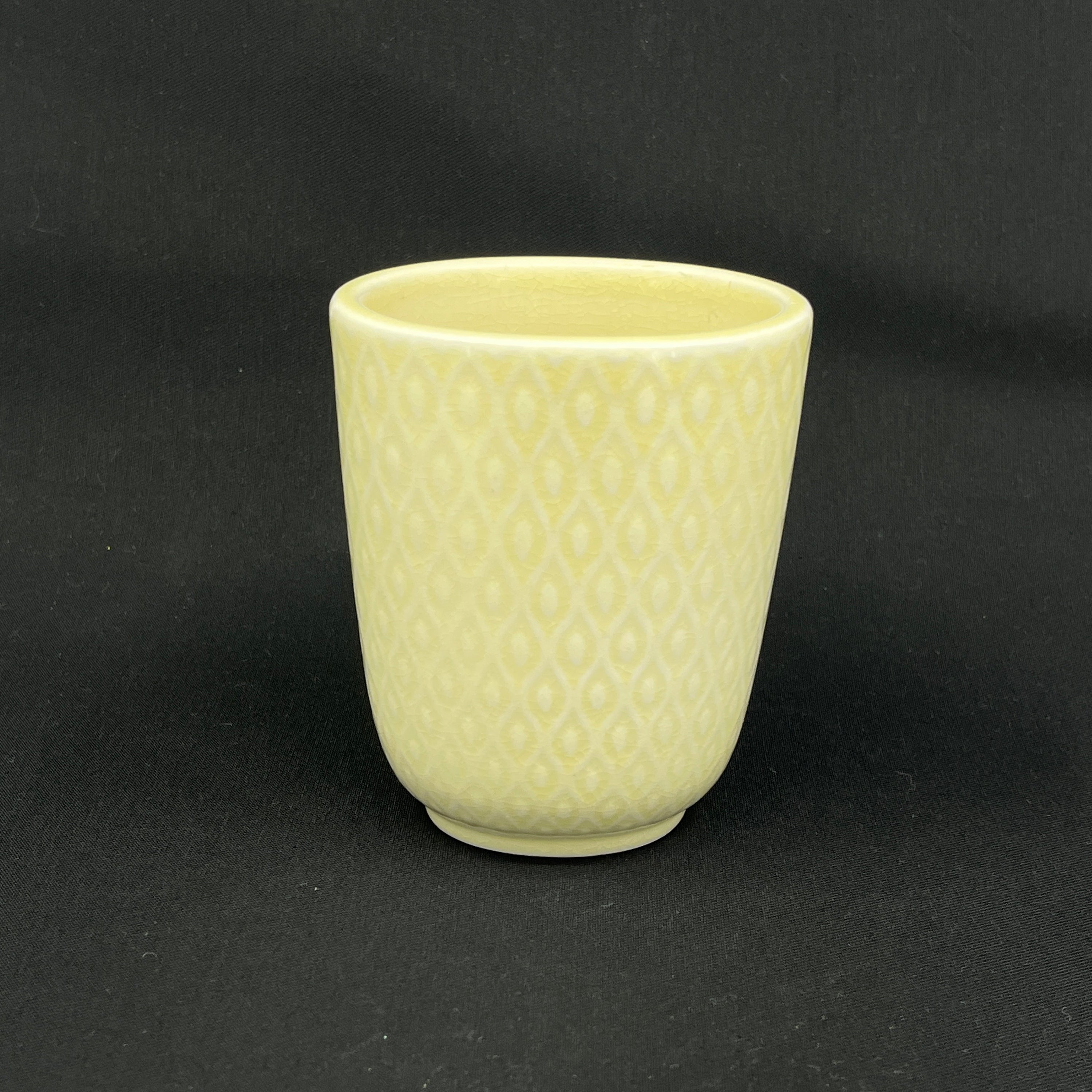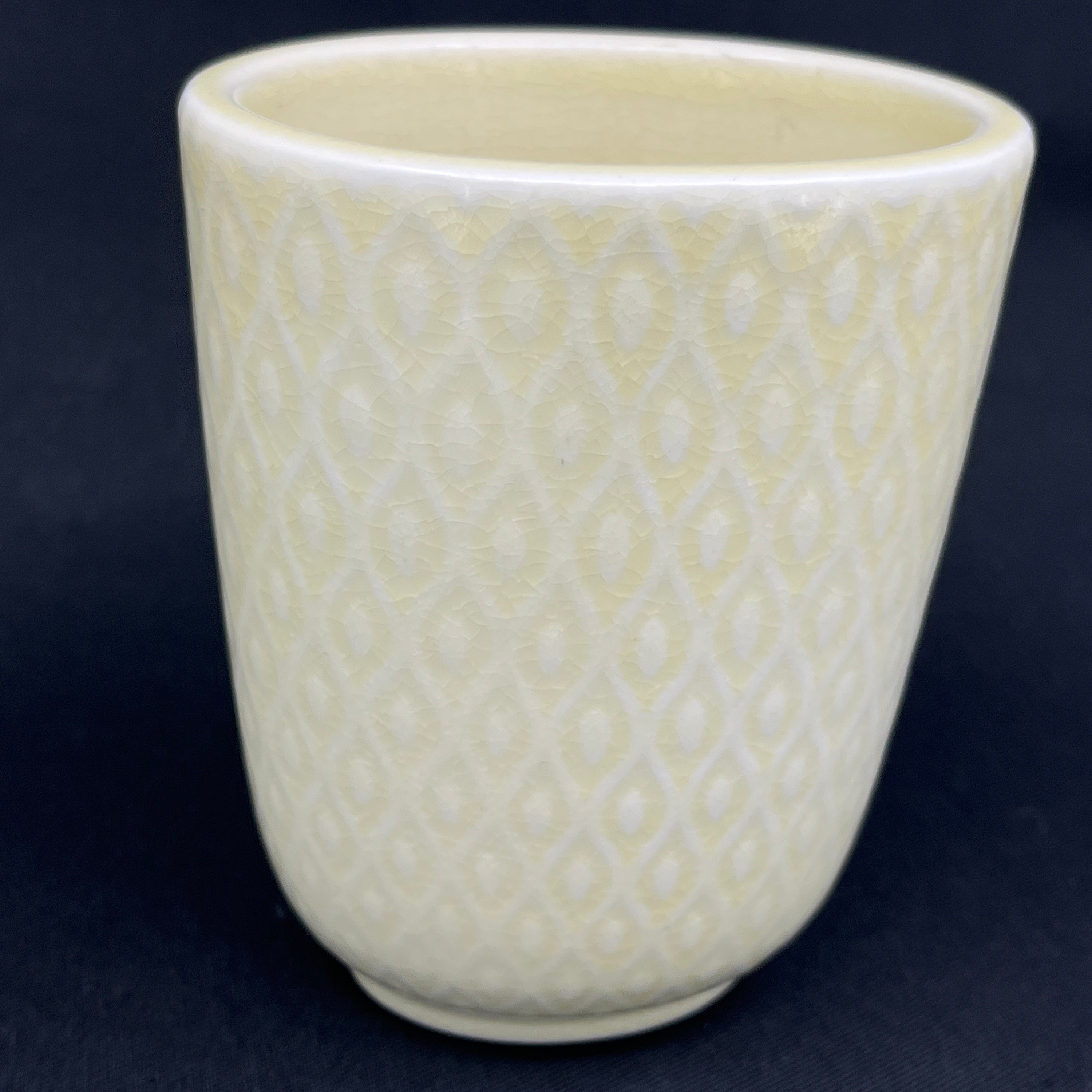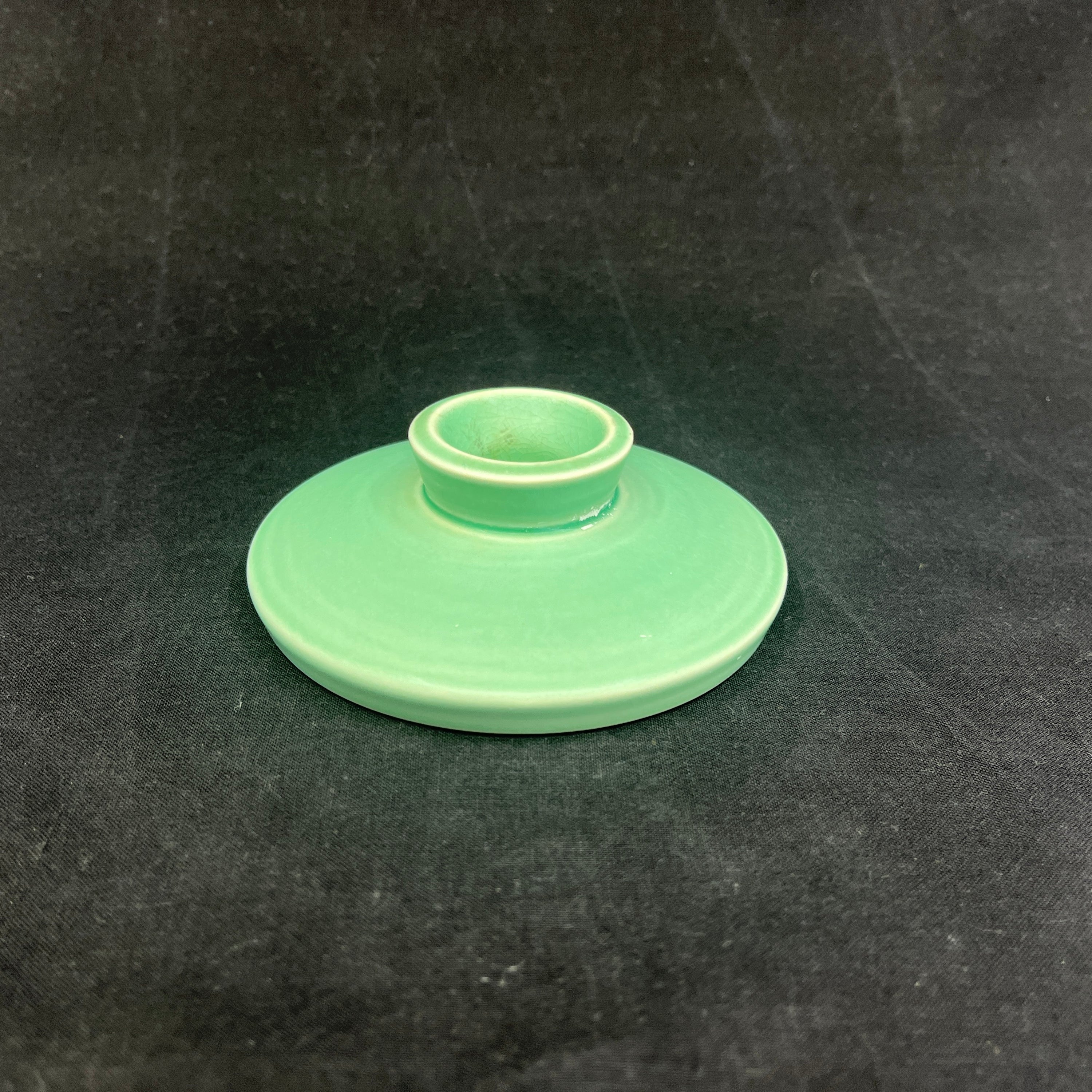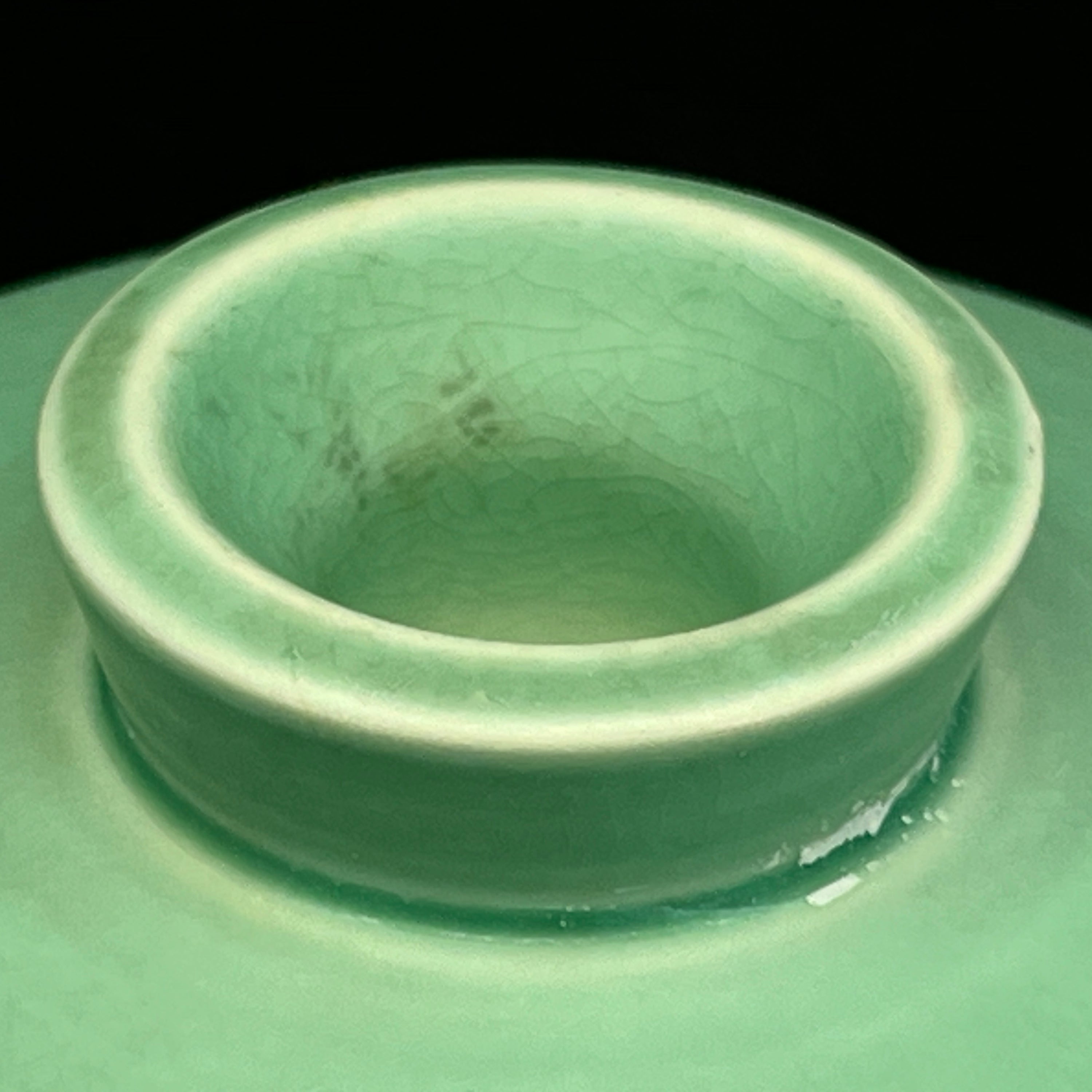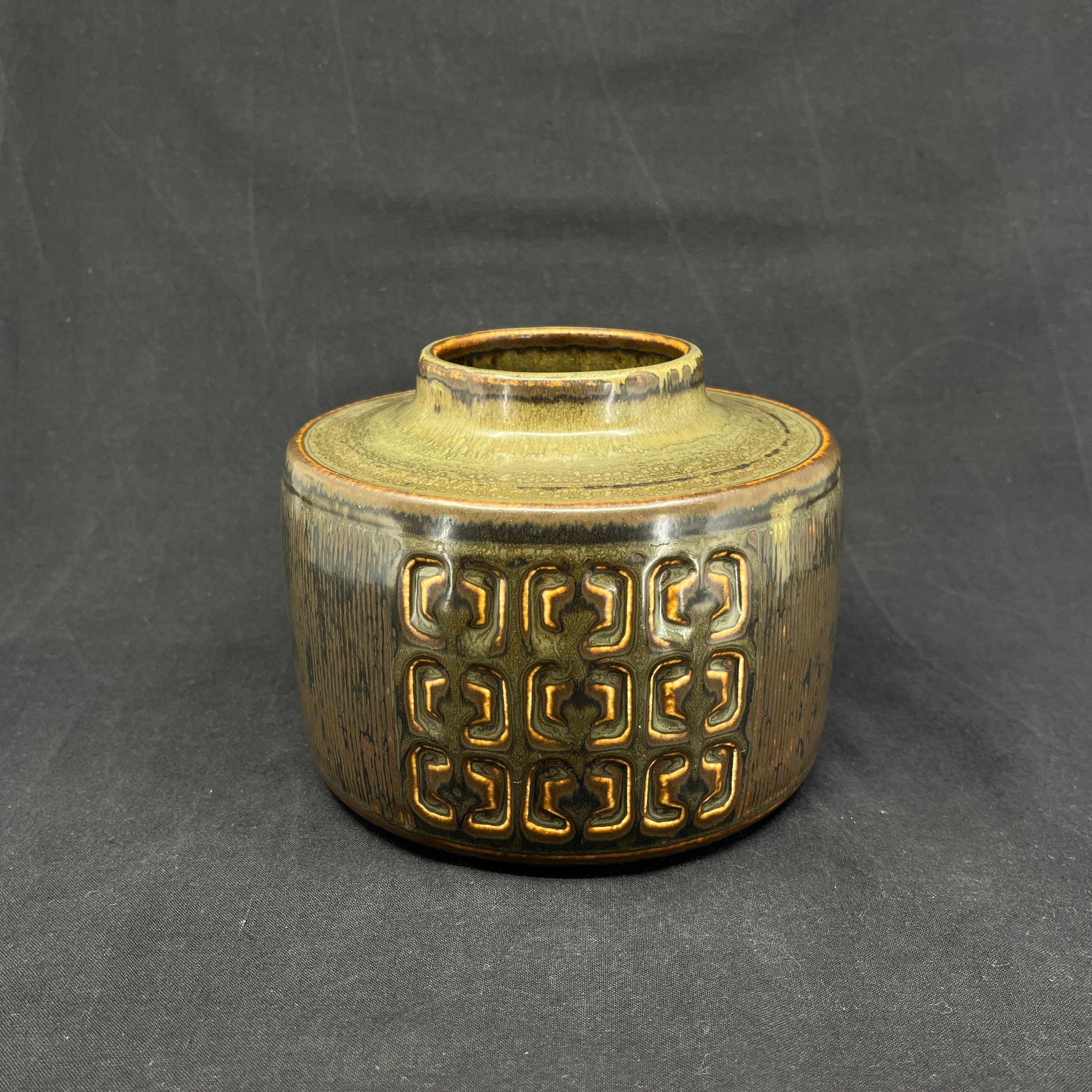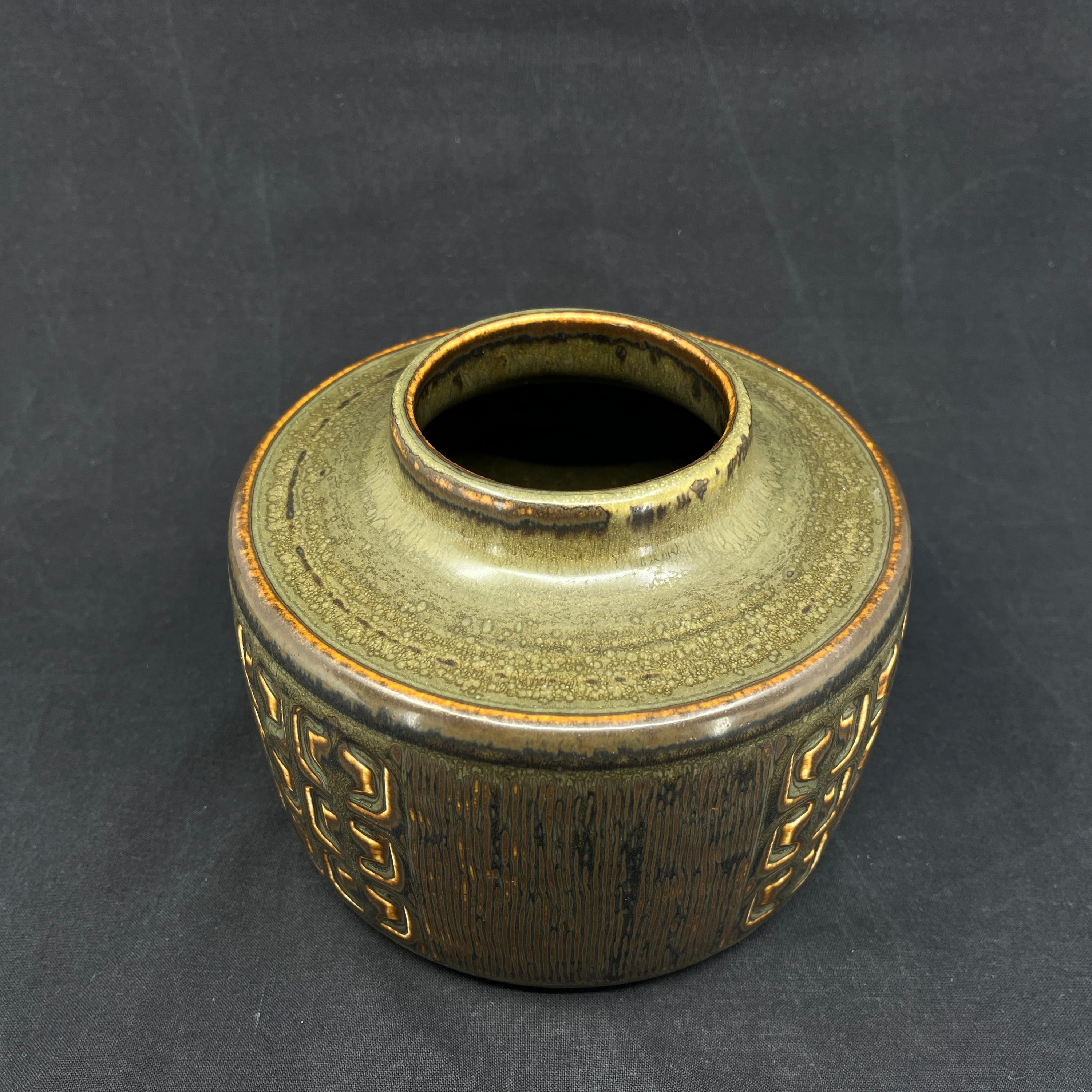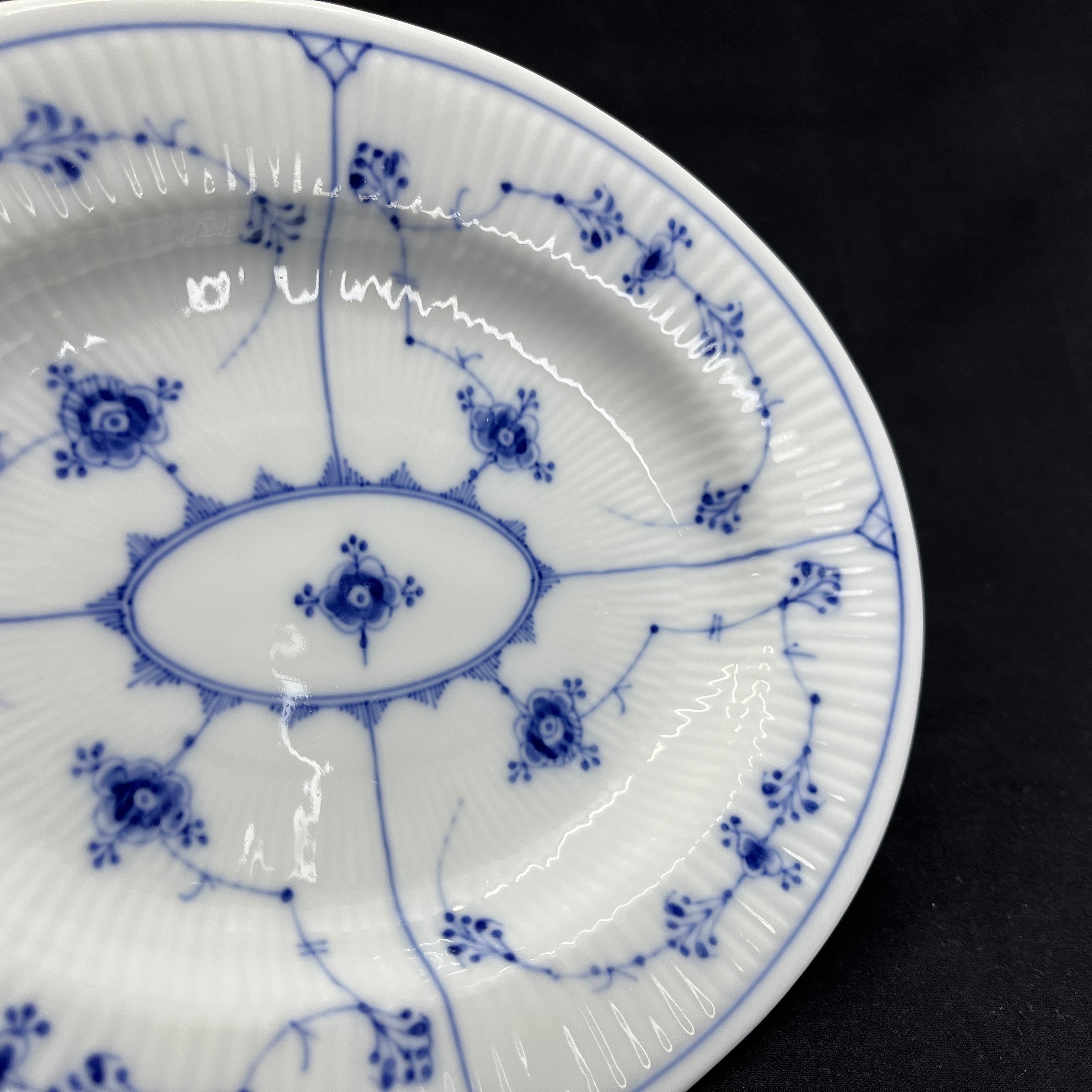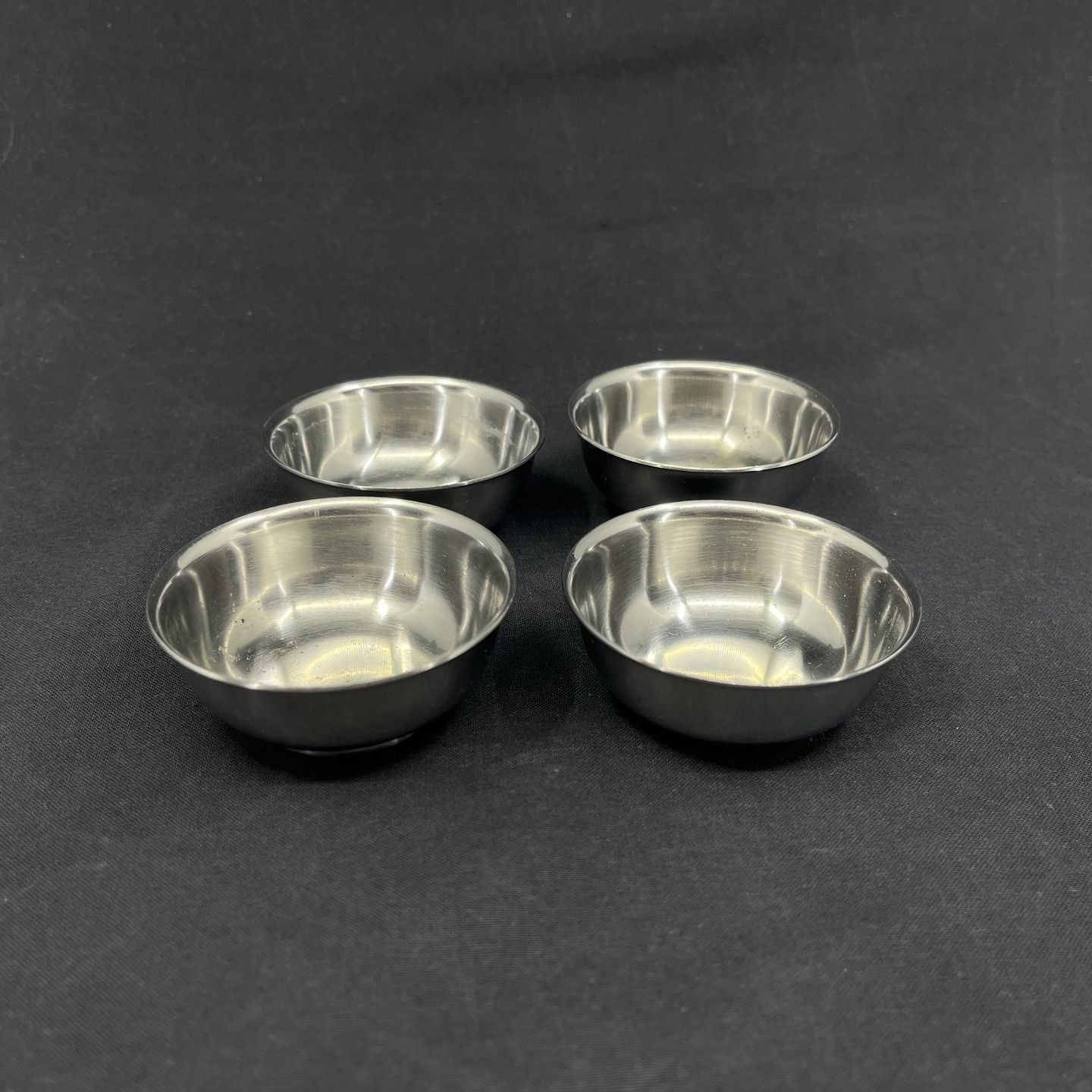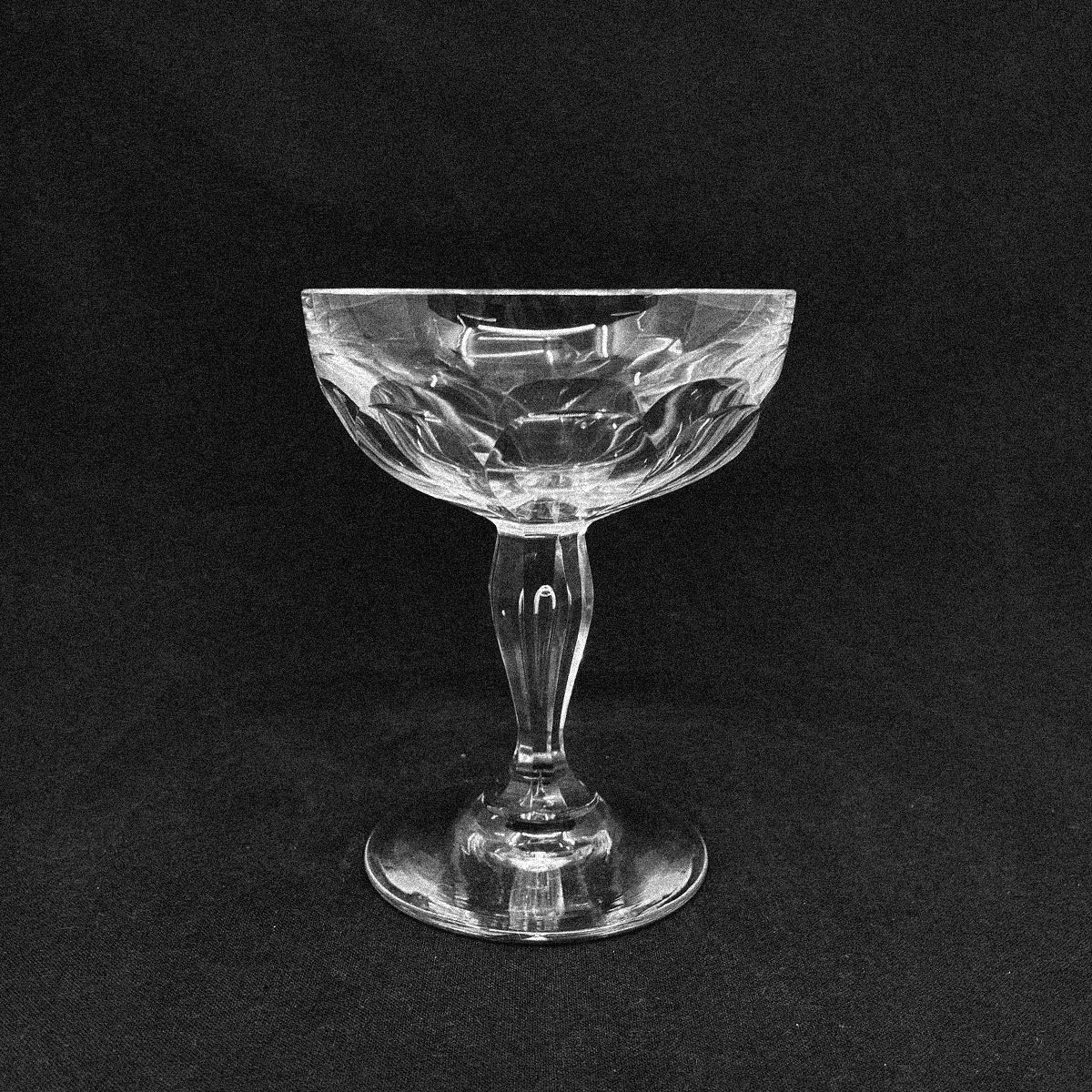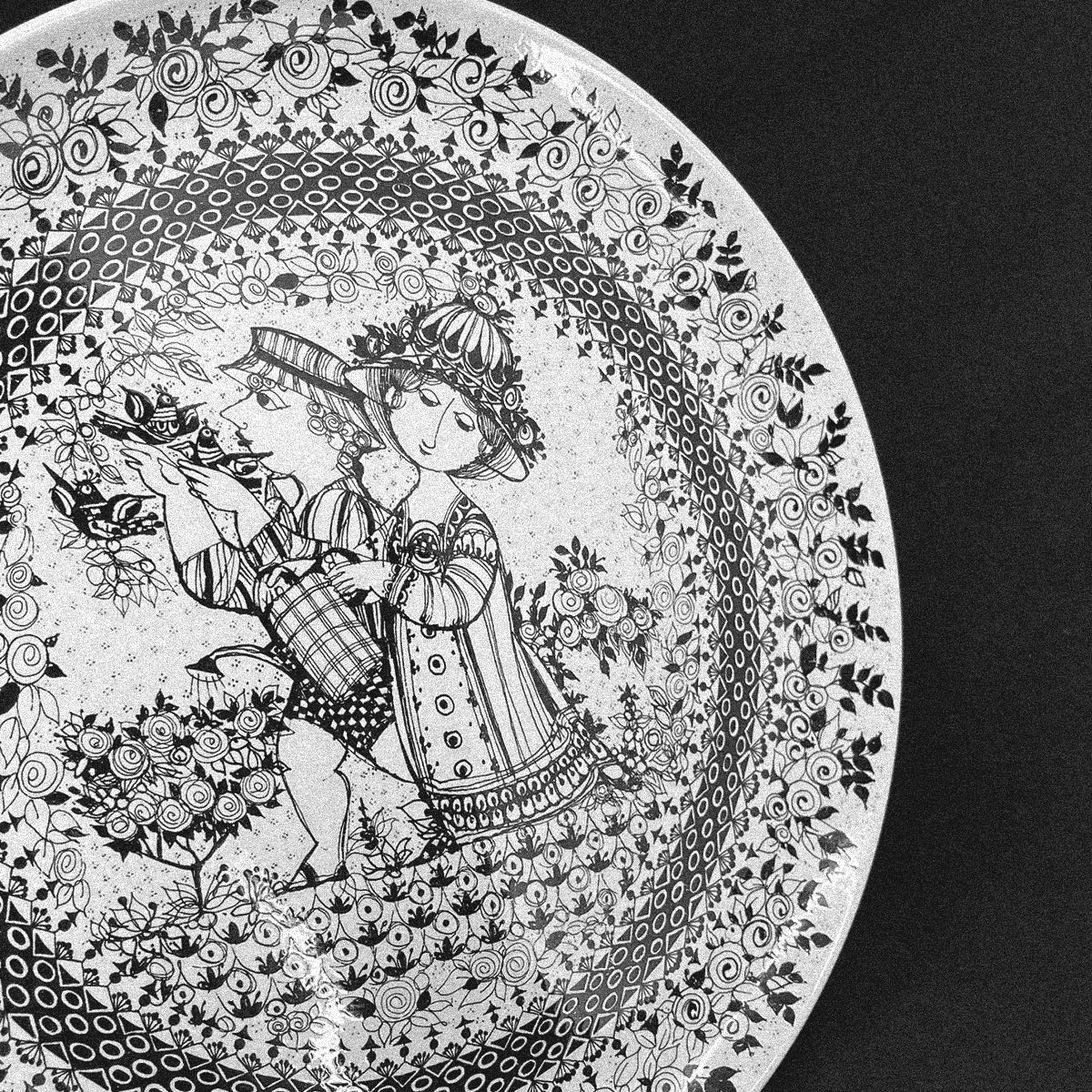Art porcelain and ceramics are two sides of the same story about handicrafts in Denmark. While ceramics are generally made from clay, which consists of natural minerals and soil particles, the term porcelain covers the combination of the white clay type kaolin, feldspar and quartz.
Despite their differences, both materials bear the hallmarks of the tradition of craftsmanship and how the combination of contemporary trends and the artistic freedom of craftsmen has shaped the history of Danish design. Both ceramics and art porcelain have, over the centuries, equally attracted people with a penchant for the distinctly aesthetic.
Art porcelain
The history of porcelain for everyday use focuses primarily on technique, production and distribution as a functional and decorative material, while the history of art porcelain is about porcelain's independent artistic value. Art porcelain became, in parallel with the development of porcelain, a medium for artistic expression, where the combination of colors, design and material was elevated to works of art in their own right.
While our selection of porcelain mainly covers dinnerware, vases, lidded vases, lidded jars, wall sconces, sculptures, figures and figurines are all richly represented in Harsted Antik's range of art porcelain.
Porcelain comes to Europe
Porcelain itself originated in China, where it was already produced more than a thousand years ago during the Tang and Song dynasties. In the following centuries, the porcelain recipe and techniques slowly spread to Europe, first through the Silk Road and later via the major European trading companies.
When porcelain arrived in Denmark in the early 18th century, it quickly became a symbol of both luxury and craftsmanship. The founding of Royal Copenhagen in 1775 laid the foundation for a strong Danish porcelain tradition, and in the 19th century, industrialized production made the coveted porcelain more accessible to ordinary citizens. The 20th century saw the development of art porcelain towards more experimentation and greater artistic freedom, and today's art porcelain continues to challenge the boundaries between art, function and design.
Motifs and technique
The early Danish tradition of art porcelain was, like the tradition of utility porcelain, characterised by lifelike motifs of flowers, leaves and figures, drawn either from ancient mythology or from the life of the European upper class. For the first few centuries, art porcelain was intended to exude refinement and luxury. As the tradition branched out, tenera and bacca became well-known terms in the 20th century for the soft and matt type of glaze surface and the glazes with deep colours and structures, which you also find on much art porcelain.
Today, the tradition is varied, and while some artisans continue to work in a classical style, others indulge in abstract shapes, unconventional colors, and conceptual expressions.
Icons in the Danish tradition of art porcelain
Prominent artists and designers have left their mark on the Danish production of art porcelain for centuries. Thorvald Bindesbøll was a pioneer in the field with his organic style and regular collaboration with Royal Copenhagen and Aluminia. Later, porcelain painter and artist Jeanne Grut helped develop new decorative techniques and popular motifs from the plant and animal kingdoms for both Bing & Grøndahl and Royal Copenhagen. Knud Kyhn's work in the first half of the 20th century is particularly known for a long series of stylish figures and vases, while the sculptor Niels Thøgersen is still loved and recognized among porcelain connoisseurs for the lifelike figures that his collaboration with Bing & Grøndahl resulted in.
Ceramics
While porcelain is associated with finesse, ceramics have always had a closer connection to the down-to-earth and handmade. At Harsted Antik we have a beautiful selection of art ceramics, including jugs, figures, sculptures, vases, candlesticks and flacons from names such as L. Hjorth and Lillemor Clement. What all our ceramics have in common is that they tell the story of an ancient tradition that has long encompassed several firings, techniques and expressions.
The ancient craft
The history of ceramics stretches back more than 10,000 years, making ceramics one of humanity's oldest forms of craftsmanship. The earliest ceramic objects have been found in China, Japan and the Middle East, and in ancient Mesopotamia, Egypt and Greece around 3000 BC, both shapes and decorations underwent a significant development, where firing techniques also became more advanced.
In Denmark, the earliest pottery finds date back to the Neolithic period around 4,000 BC. Clay vessels were then used for both cooking and storage, and from the Middle Ages onwards, the production of pottery began to become more specialized.
The Danish craft tradition of artistic ceramics had its breakthrough in the 19th century. As a result of industrialization, ceramic workshops and factories began to emerge around the country, and with this professionalization came an increased focus on both decorative motifs and technical innovation.
Motifs and technique
The Danish ceramic tradition in the 19th century was particularly inspired by nature and everyday shapes. Motifs such as leaves, flowers and animal figures were reproduced by the ceramists with great attention to detail, and ceramics generally maintained a strong connection between the artistic and the functional. During the 20th century, a multitude of different glaze types emerged, including the matte stoneware glaze and colorful glazes, which gave ceramics new visual qualities. As is also the case with the tradition of art ceramics, the ceramic tradition of our time encompasses countless types of expression, design, color tones and textures.
Icons in the Danish ceramic tradition
Several ceramists and designers have helped develop ceramics, both as a practical object and as an art form, especially in the 20th century. During the first few decades of the century, Michael Andersen's ceramics company on Bornholm set a high standard for both quality and stylish aesthetics. In the 1940s and 1950s, when Lillemor Clement worked for the iconic ceramics company Kähler, she achieved widespread popularity with soft ceramic shapes and multi-colored glazes. Clements' collaborator on individual projects, Inger Folmer Larsen, contributed decades later to the modernization and functionality of ceramic design, and at the same time Bjørn Wiinblad made his mark with the plates, vases, sculptures and figures that are still easily recognizable to many Danes to this day.
Crafts as collectibles
Art porcelain and ceramics can be used, just like utility porcelain, glass and classic and modern works within the lighting constitute collectors' items both at home and abroad. The rarest or most sought-after pieces of ceramics and art porcelain are often valued for their aesthetics, their functionality and their investment value. They create joy for many generations; they tell the story of changing times' approaches to the craft tradition; and they help us remember the artisans who, in their own way, have helped shape the design side of Danish cultural heritage.
Contact Harsted Antik in the store, by phone or at email - then we will help you find just the piece of craftsmanship that will best add beauty and history to your home.

 900,00 kr
900,00 kr
 5.000,00 kr
5.000,00 kr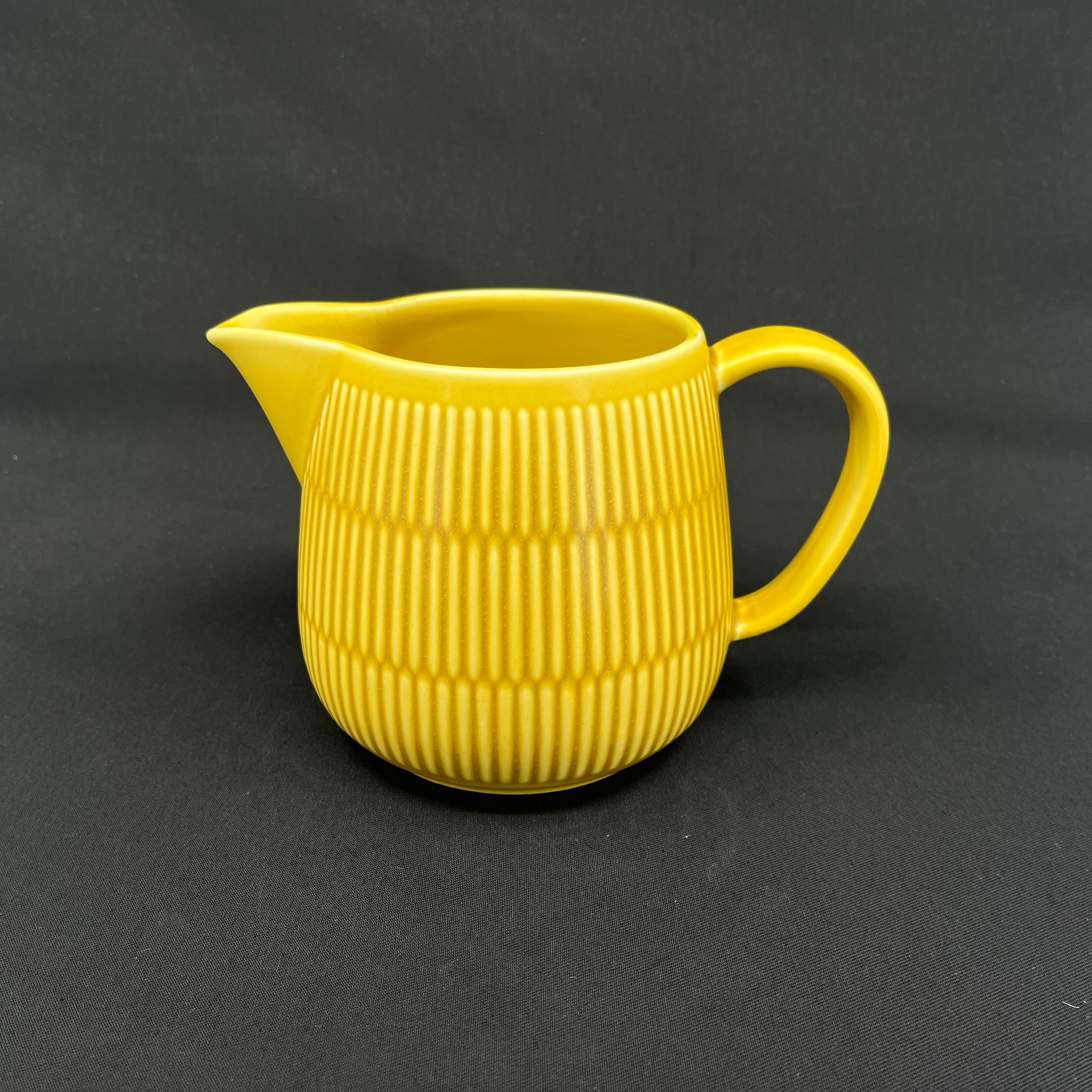


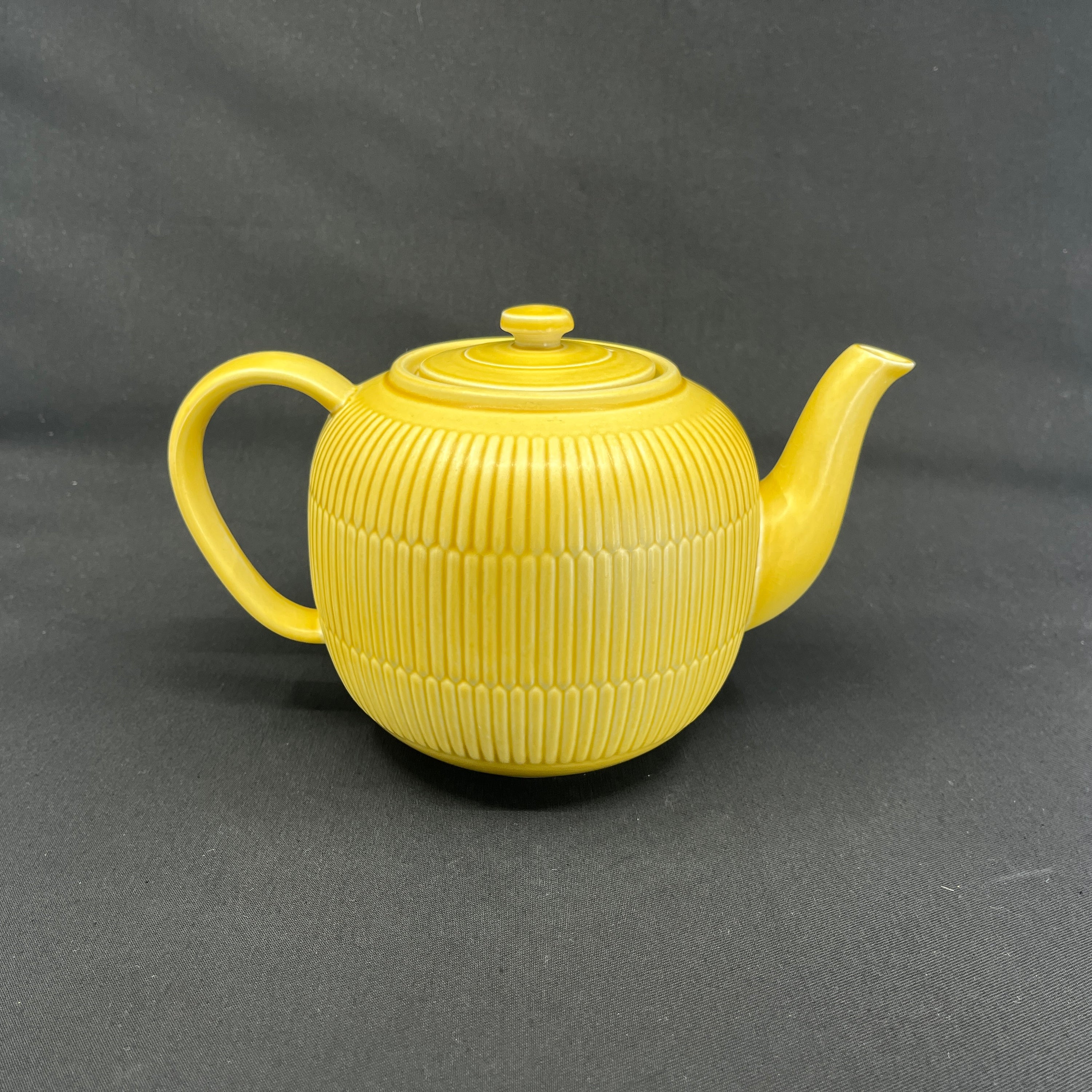
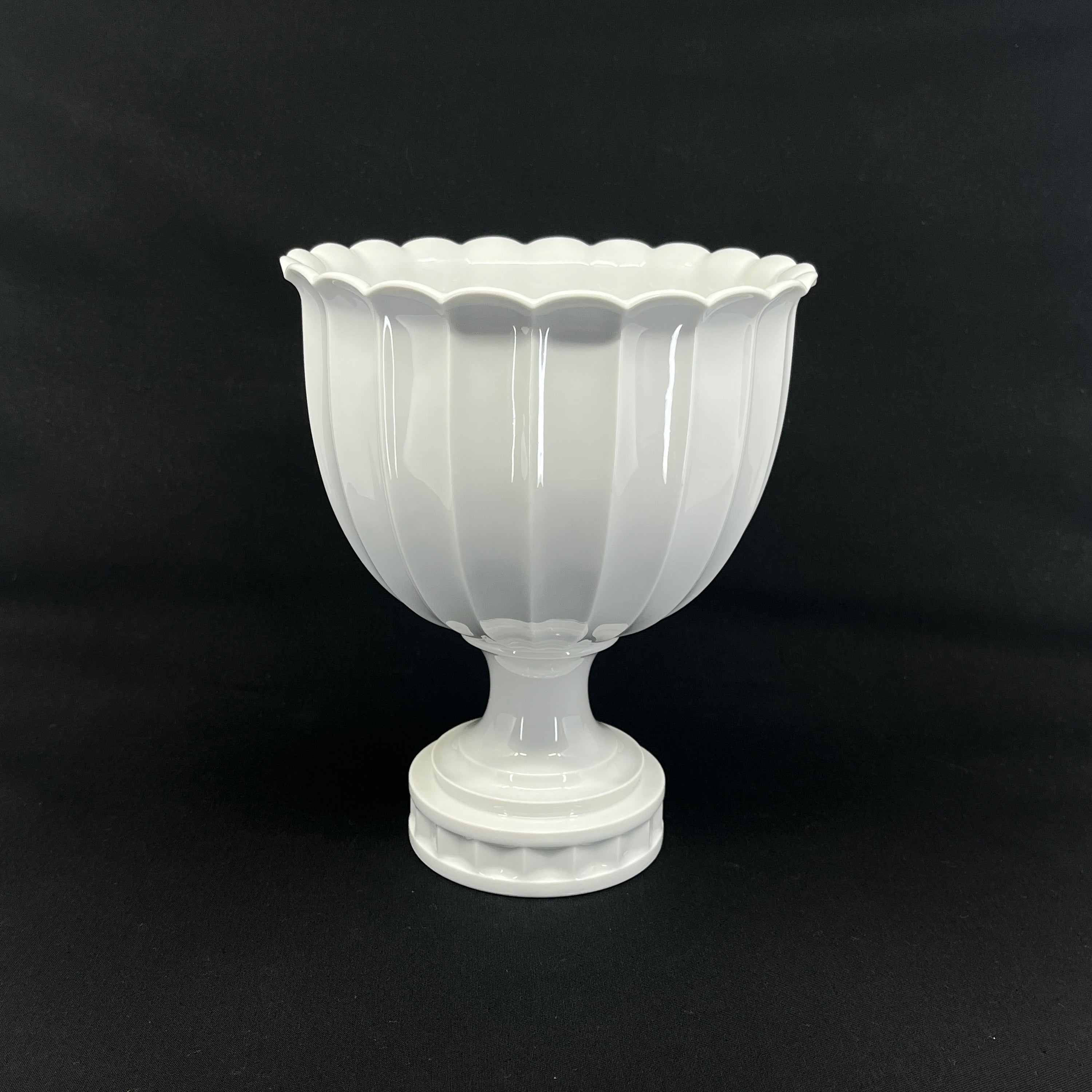
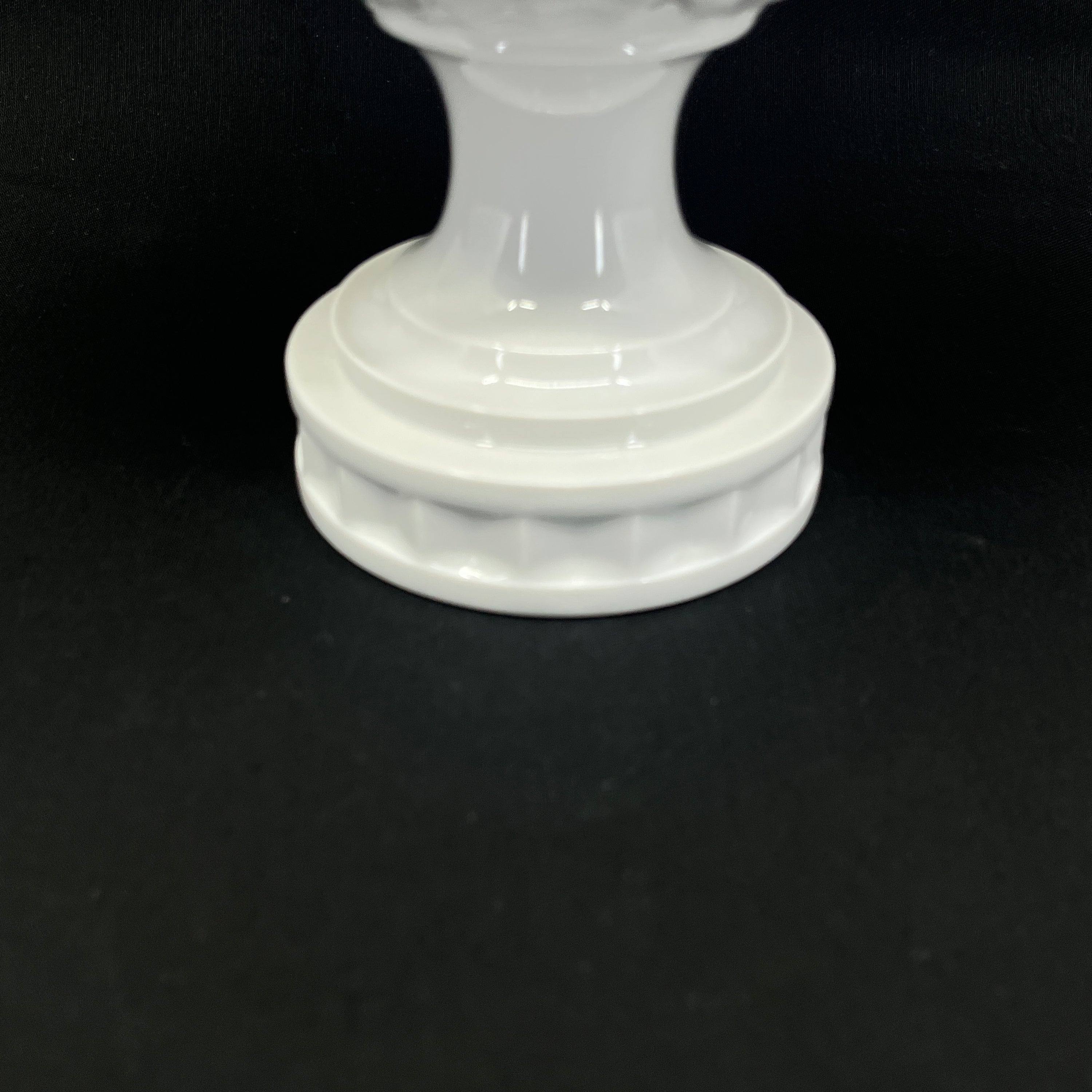 2.900,00 kr
2.900,00 kr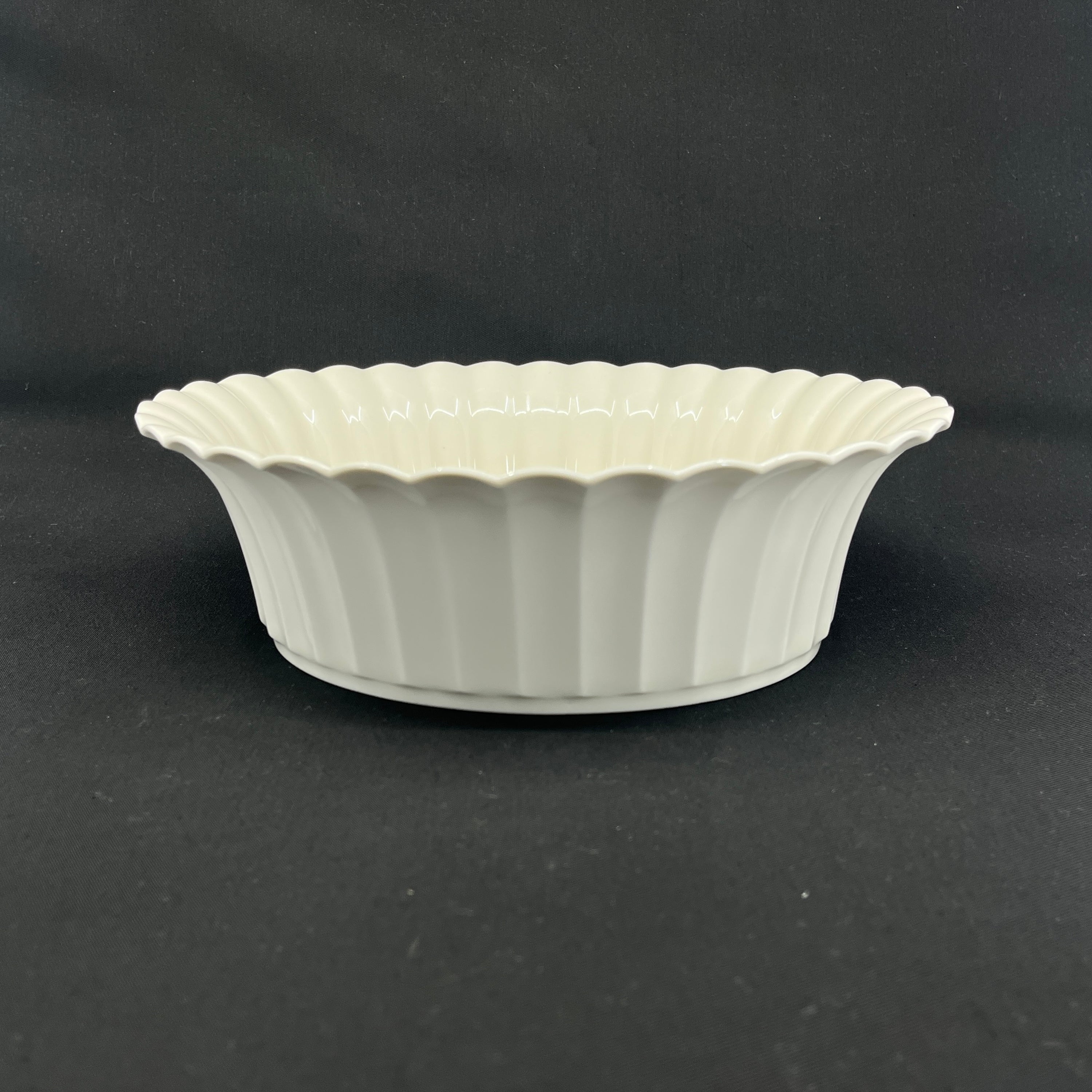
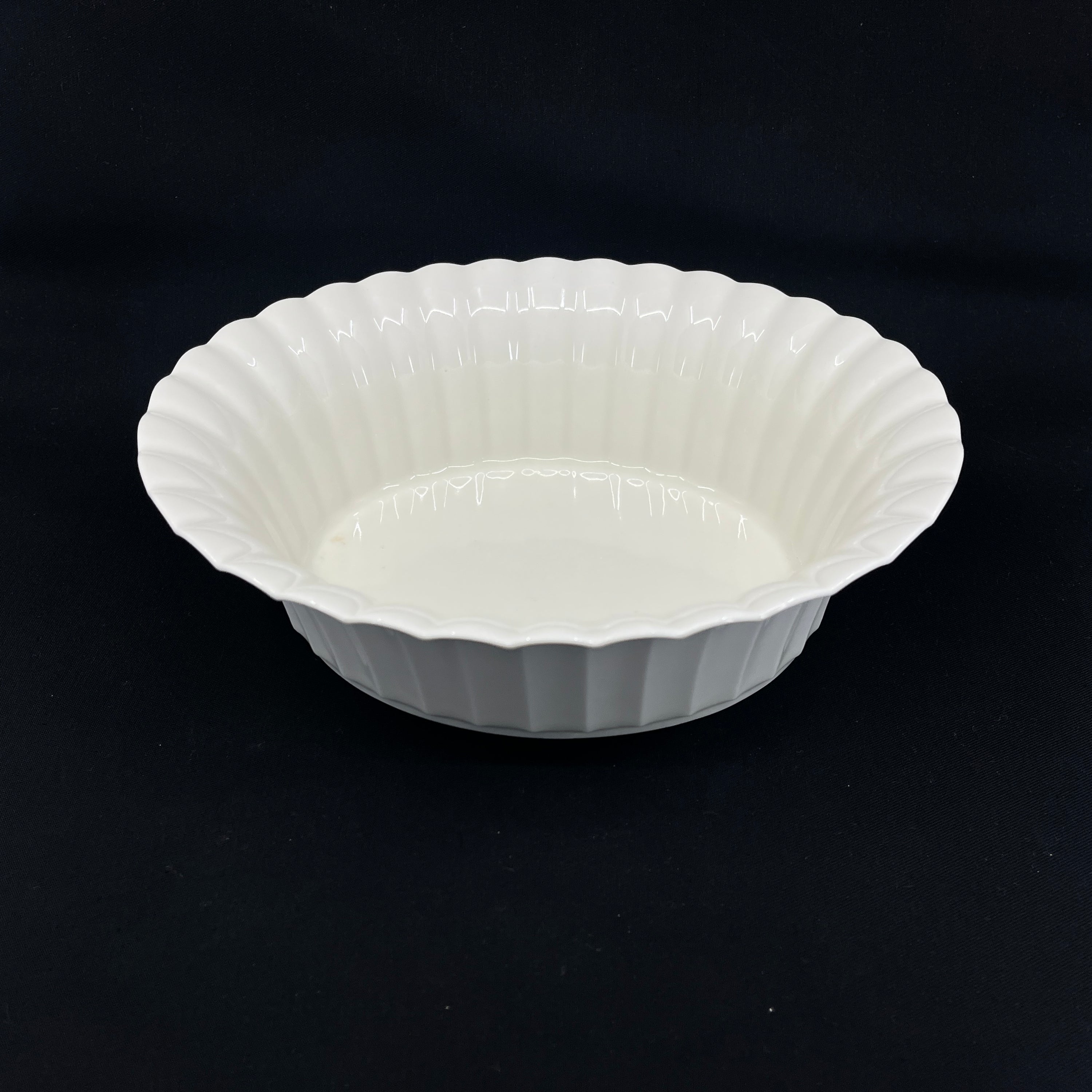 750,00 kr
750,00 kr
 850,00 kr
850,00 kr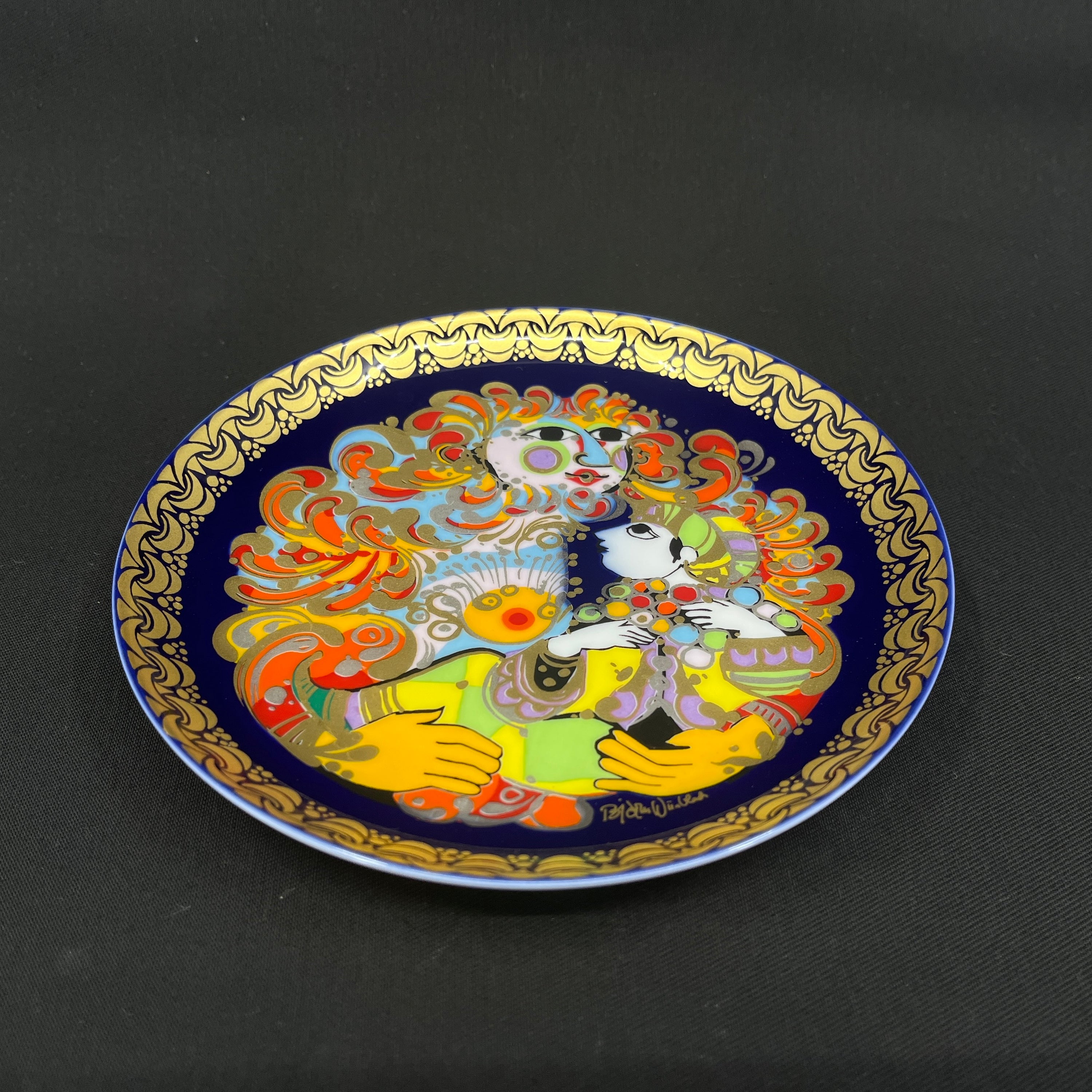
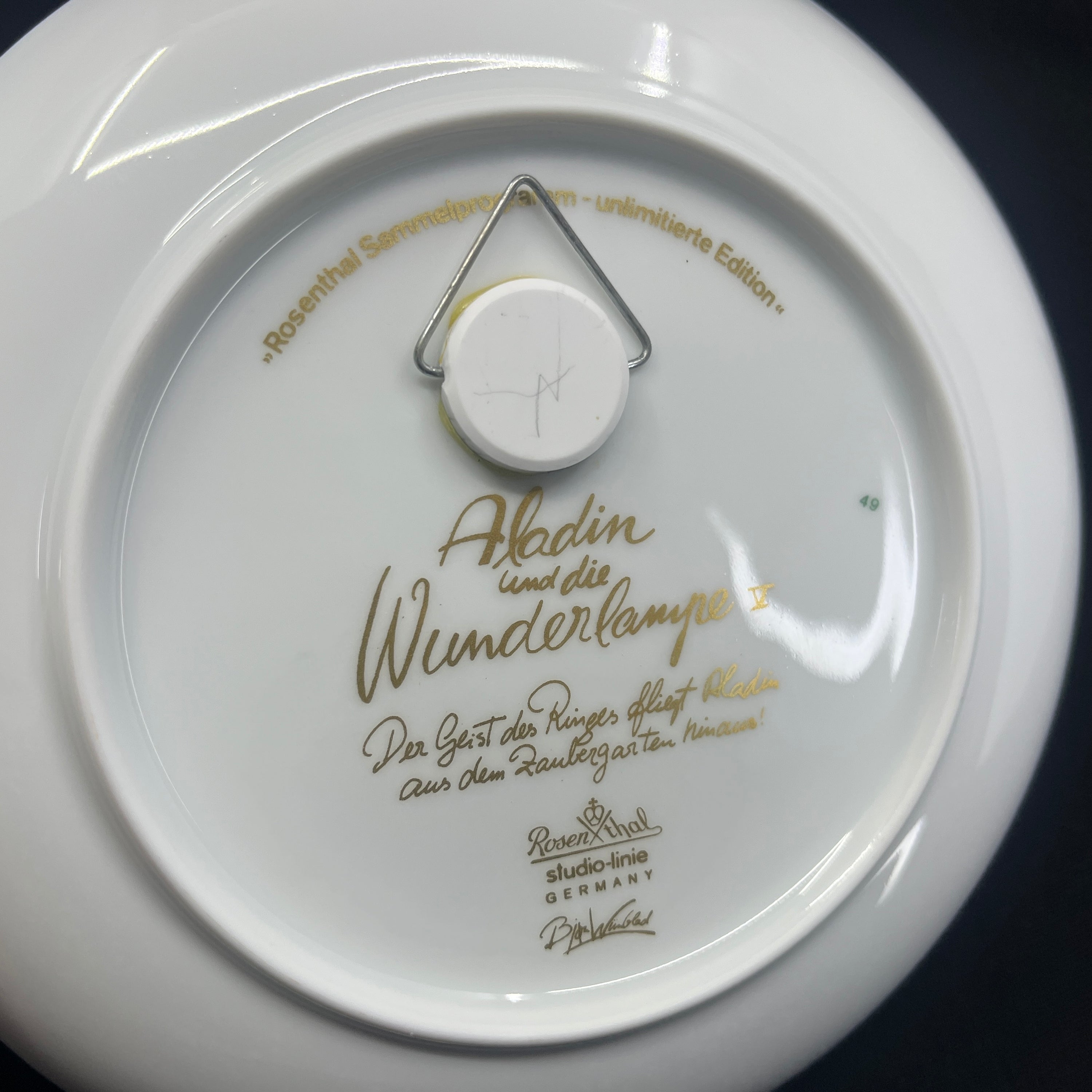
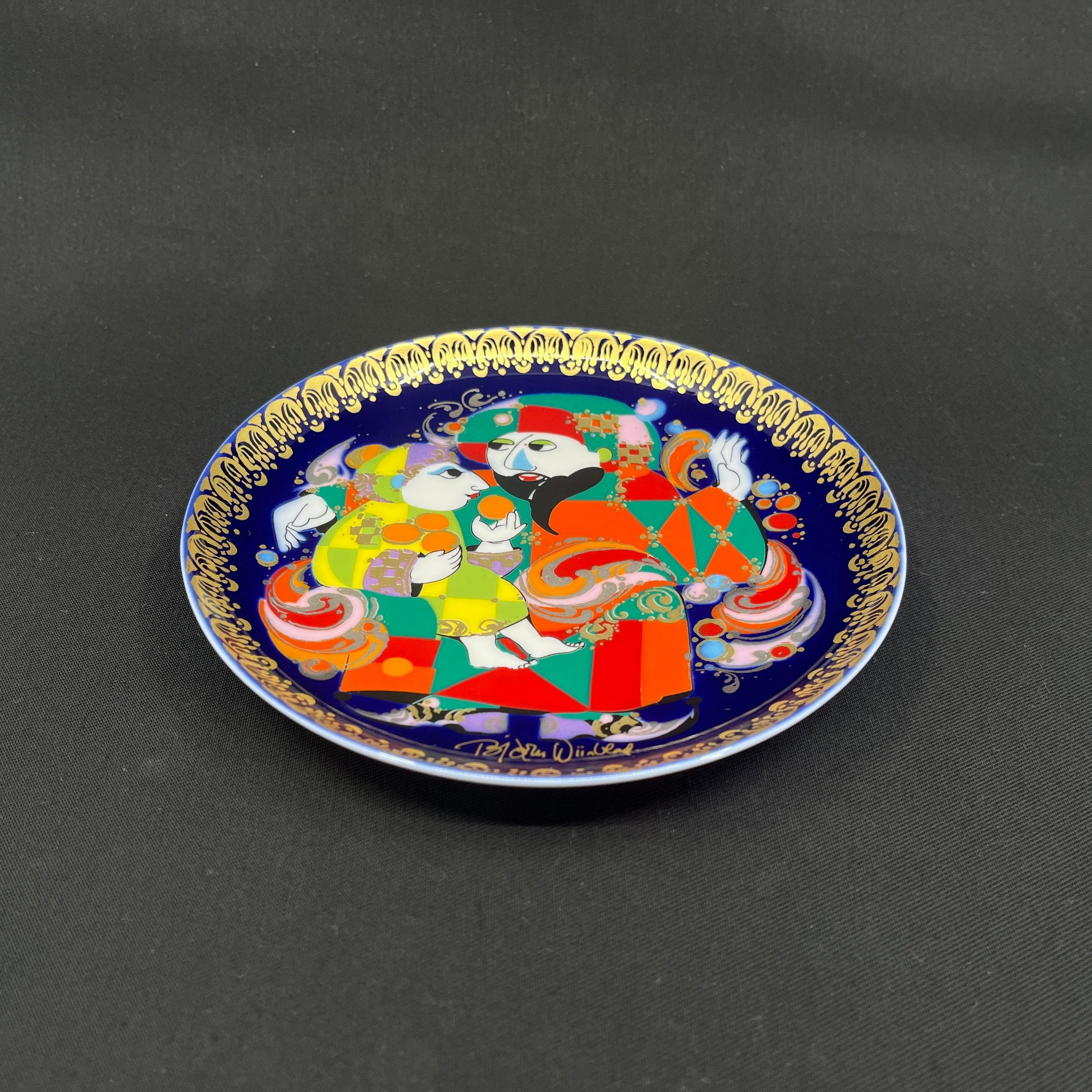
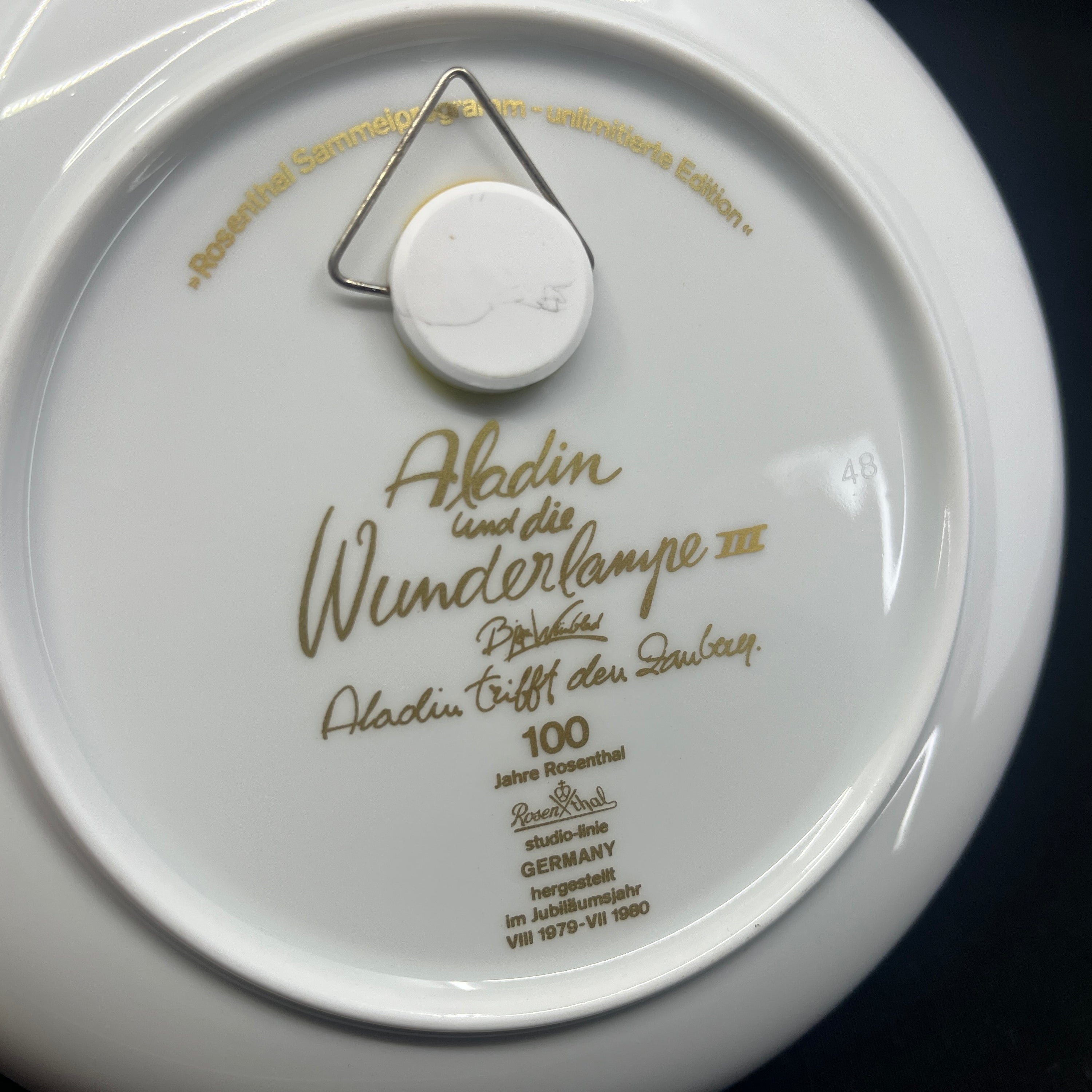
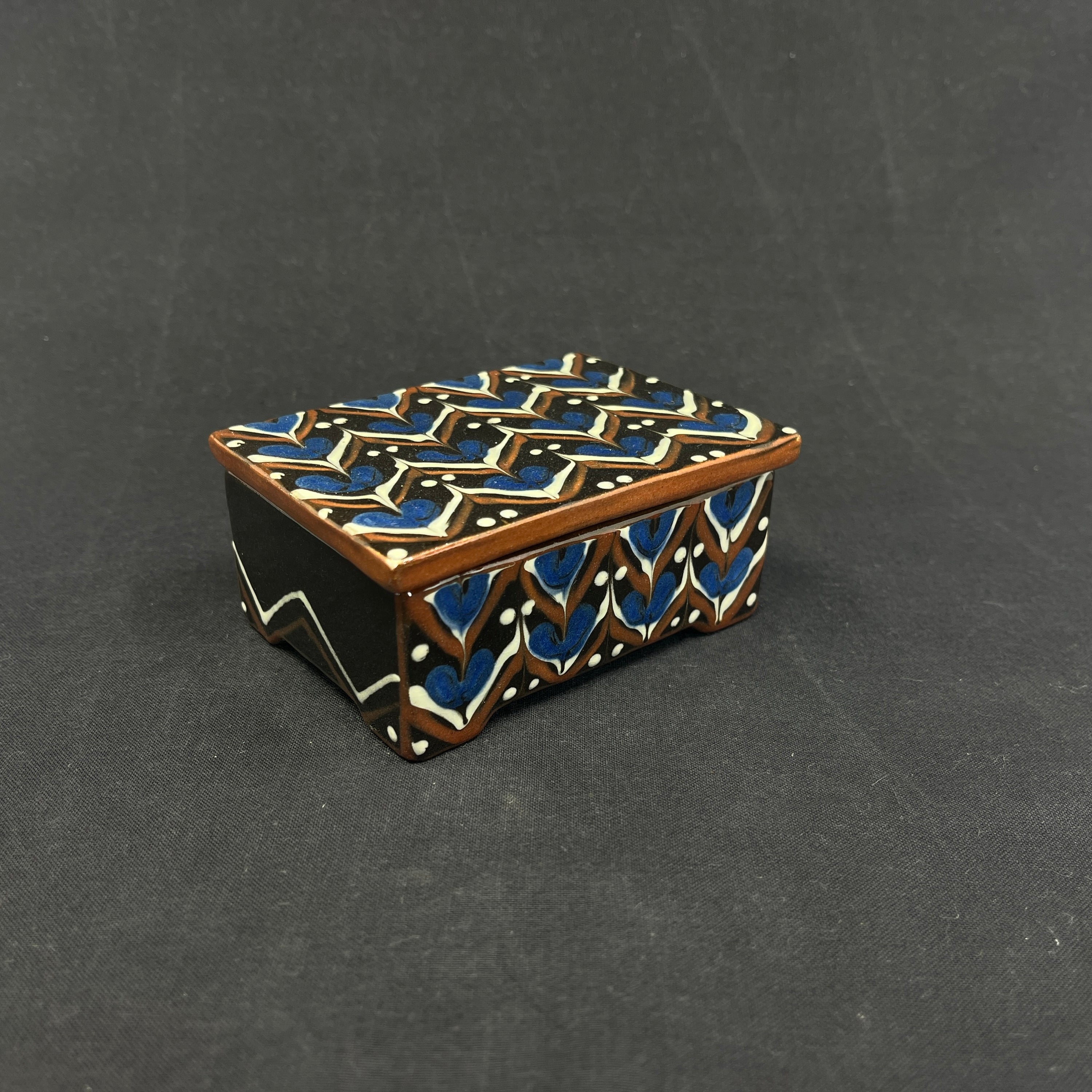
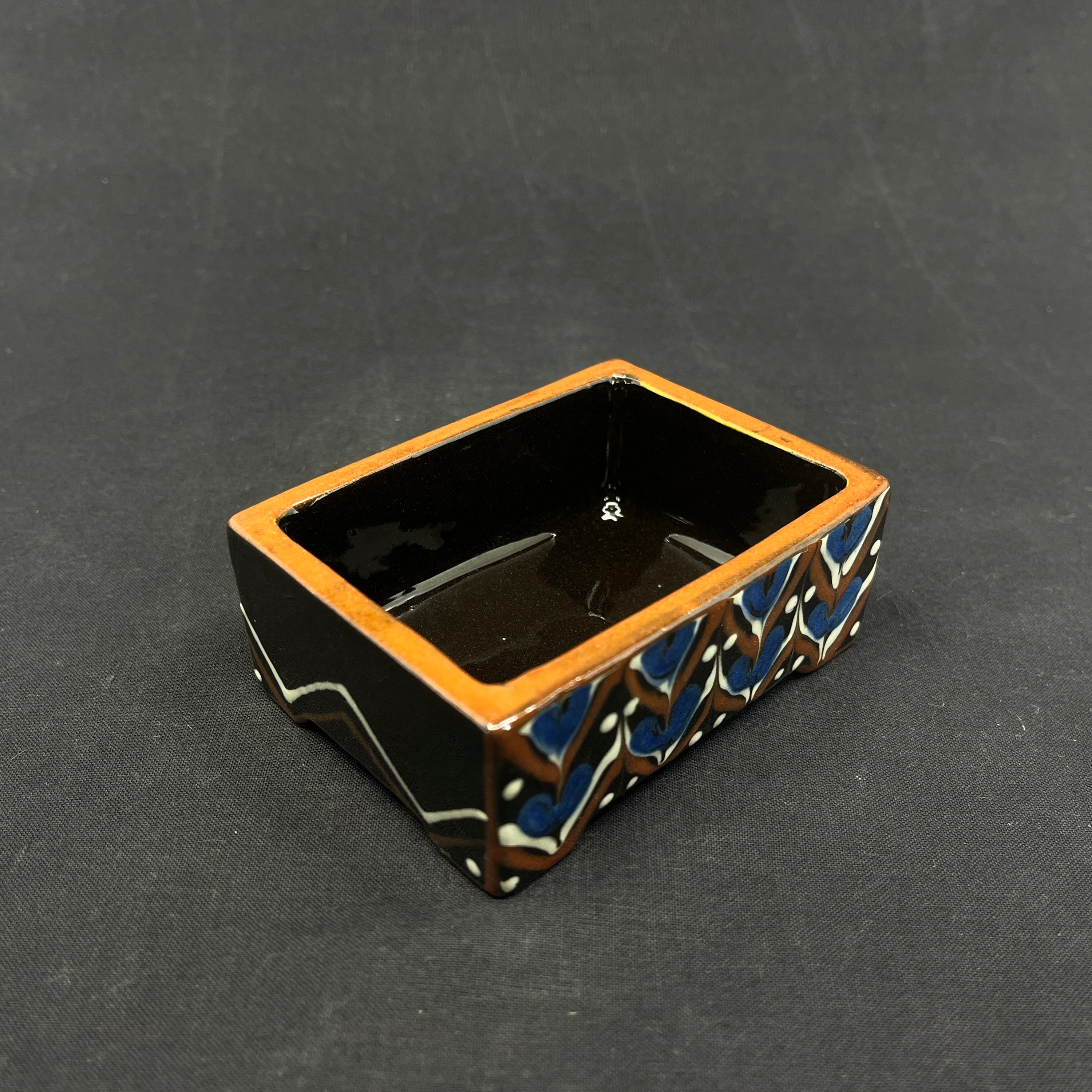

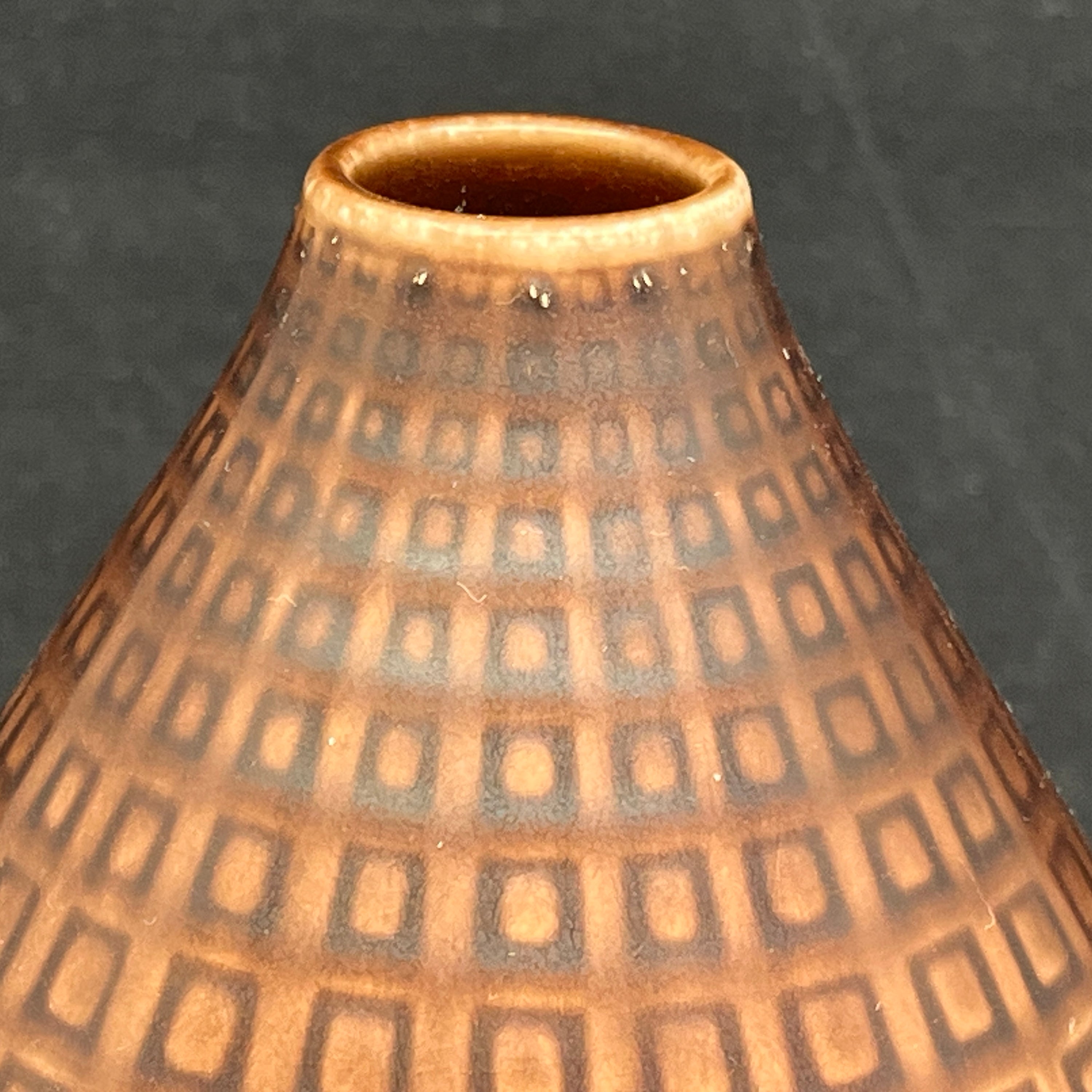 1.000,00 kr
1.000,00 kr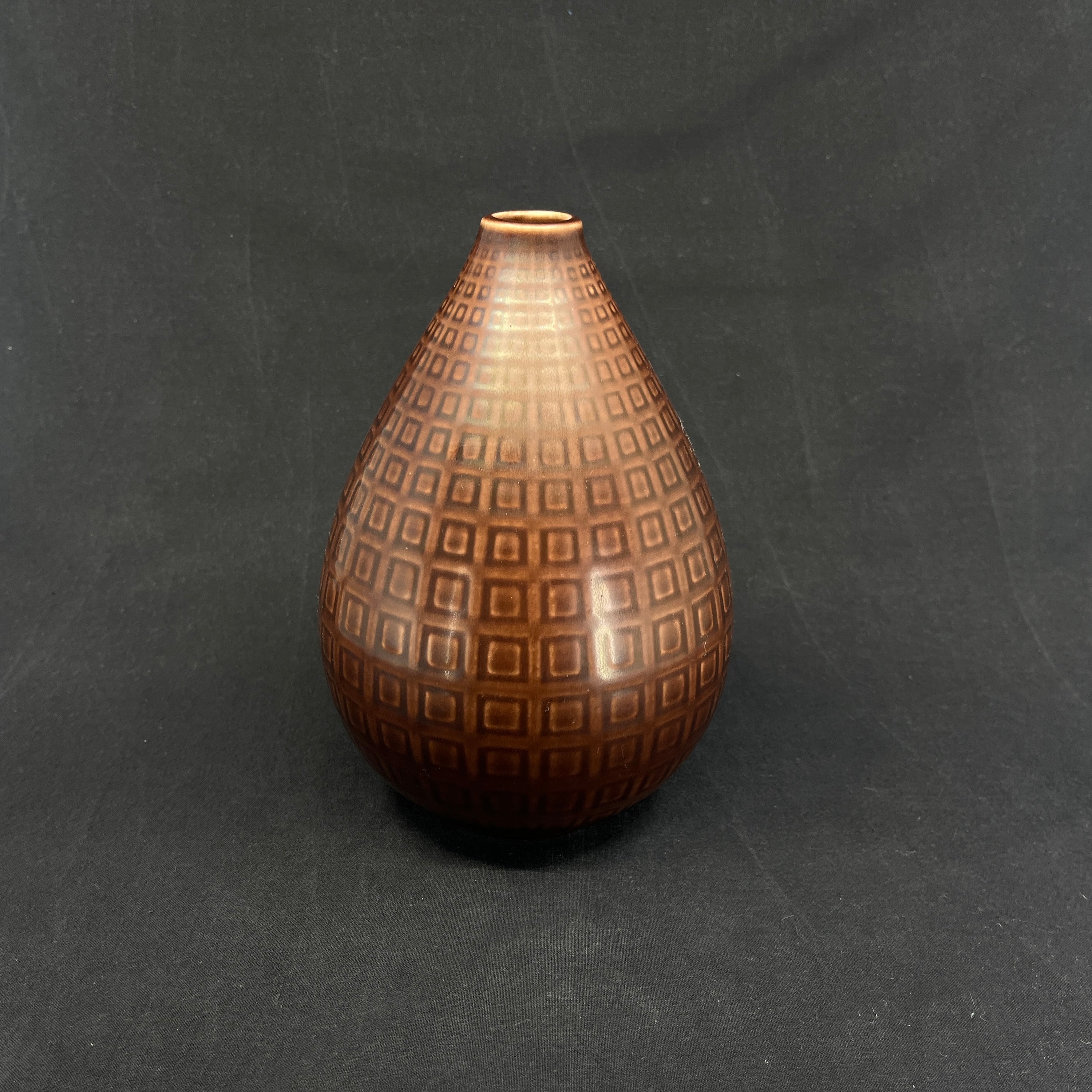
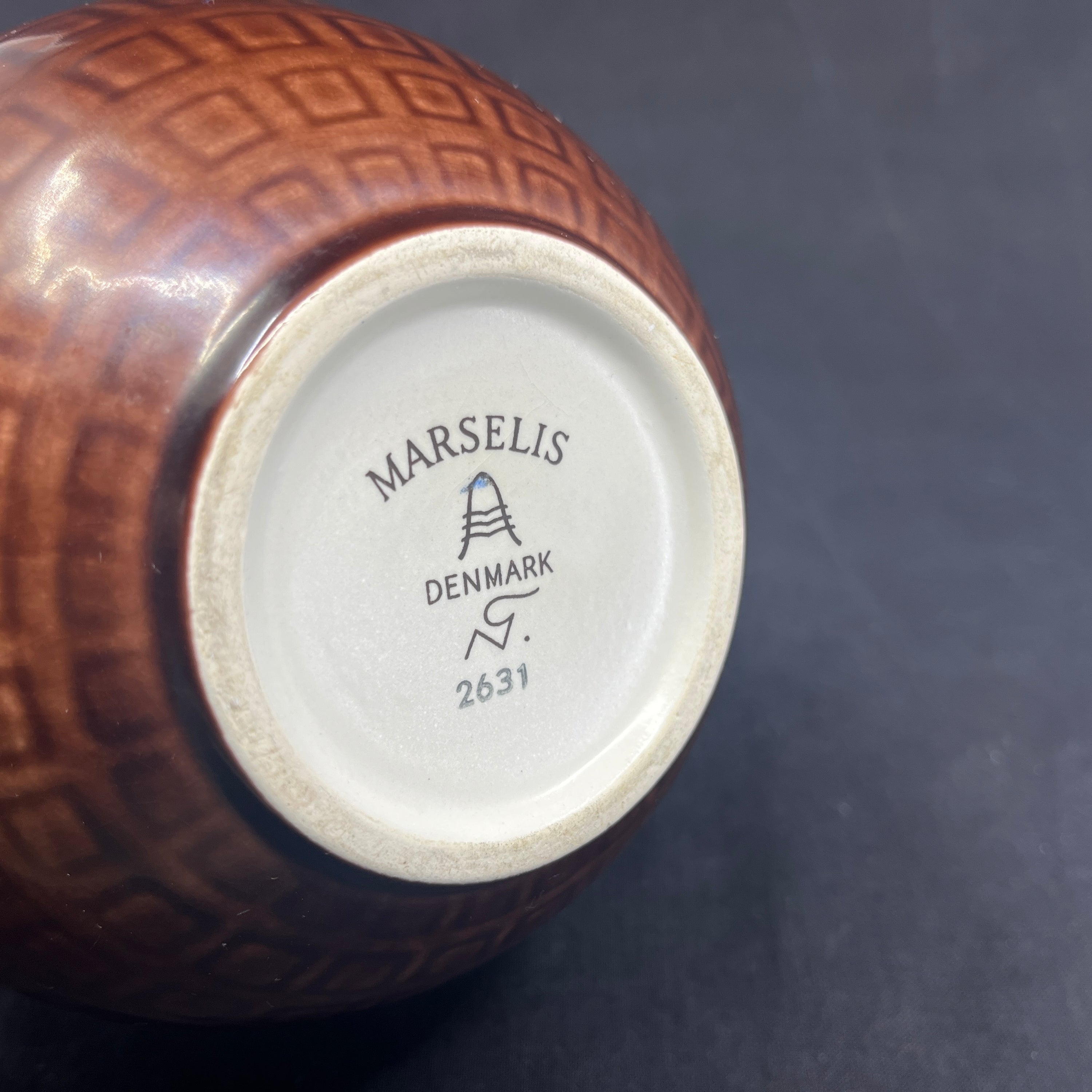 1.400,00 kr
1.400,00 kr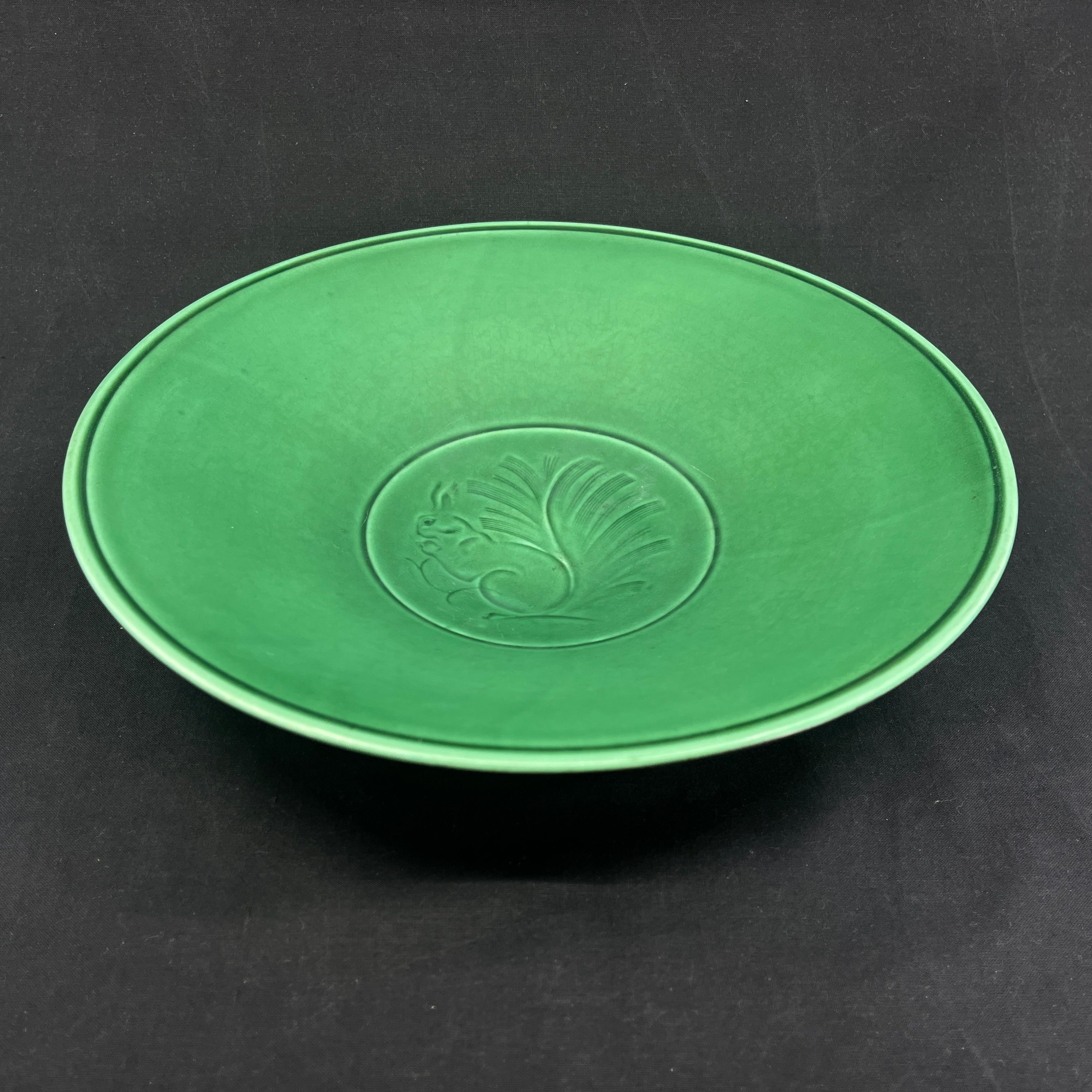
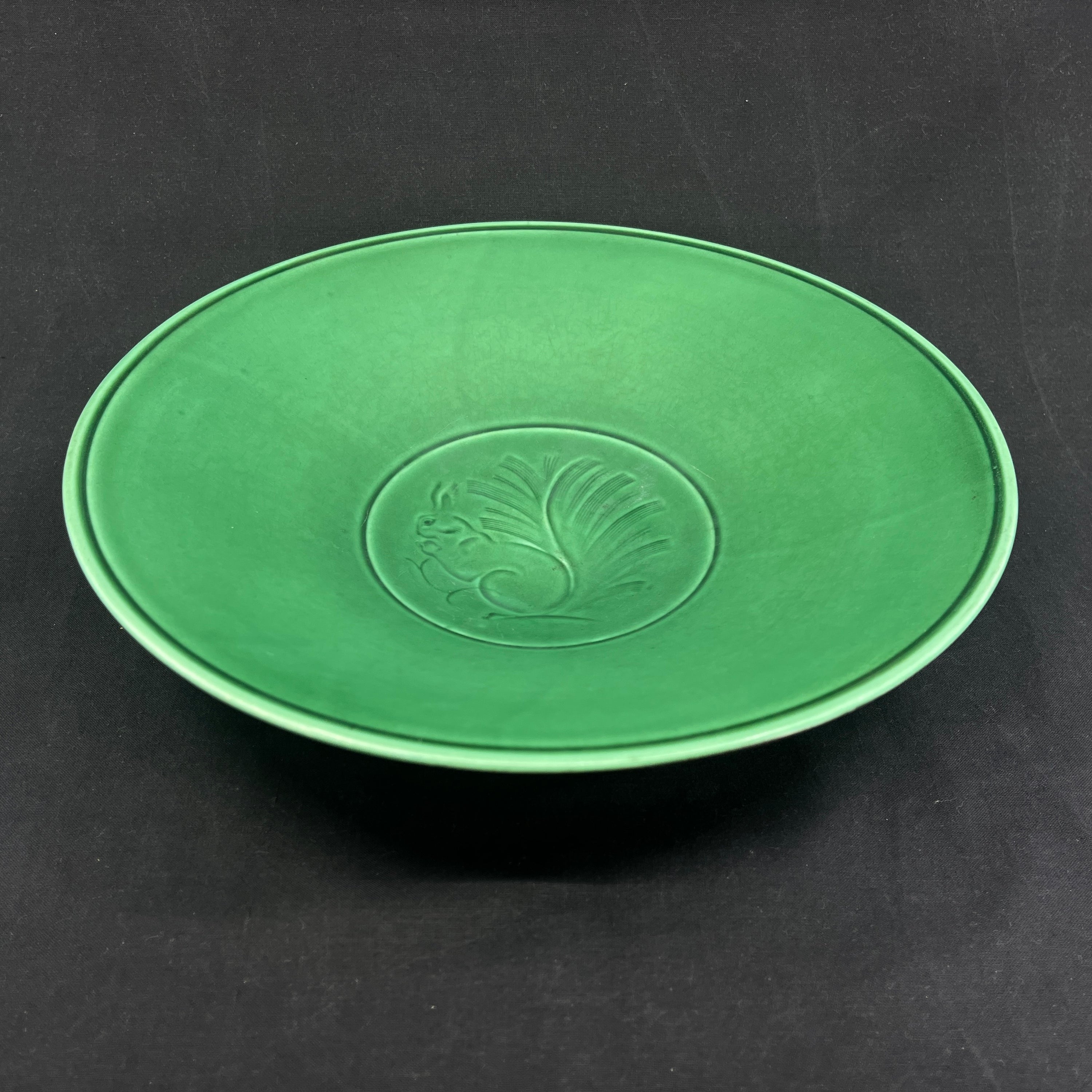 900,00 kr
900,00 kr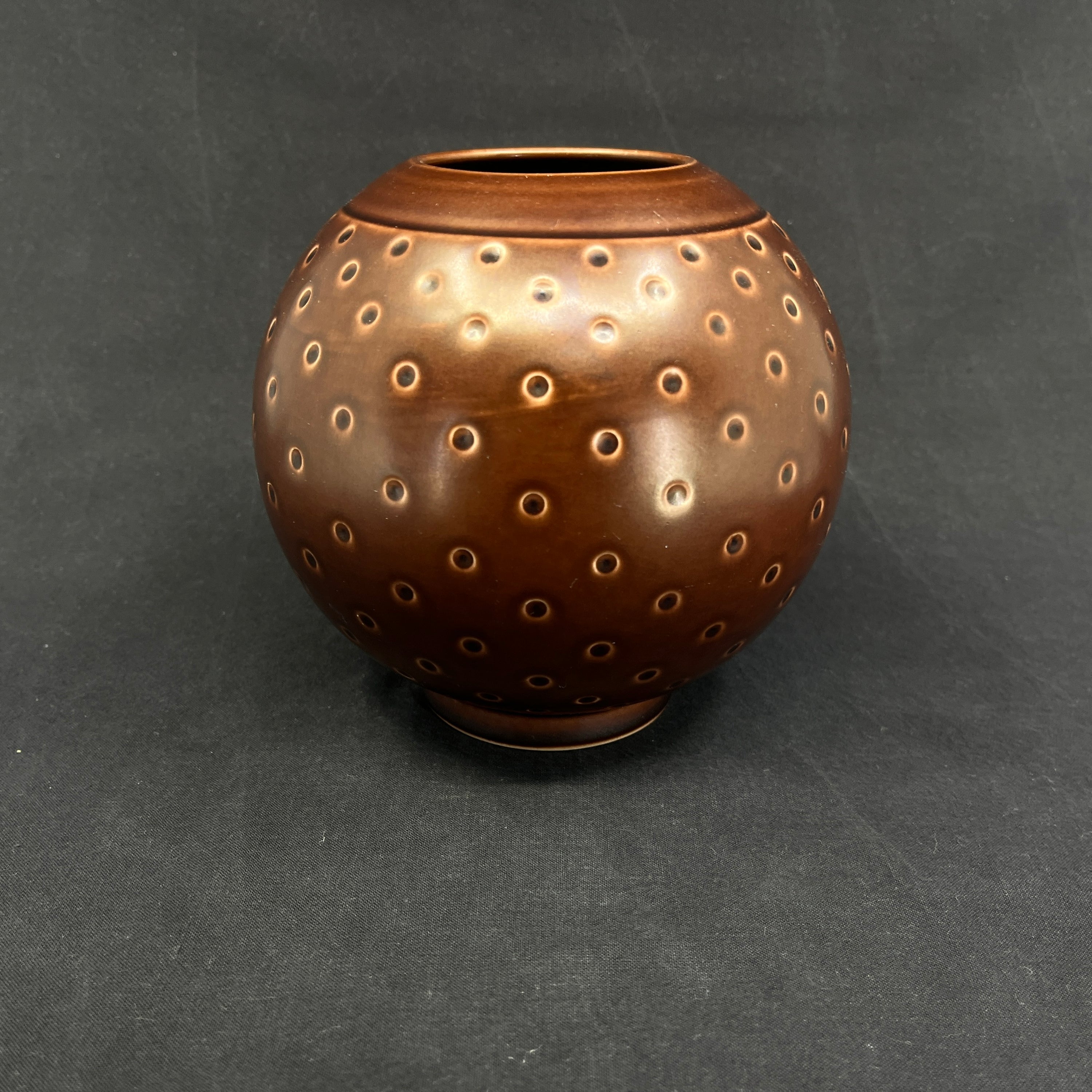
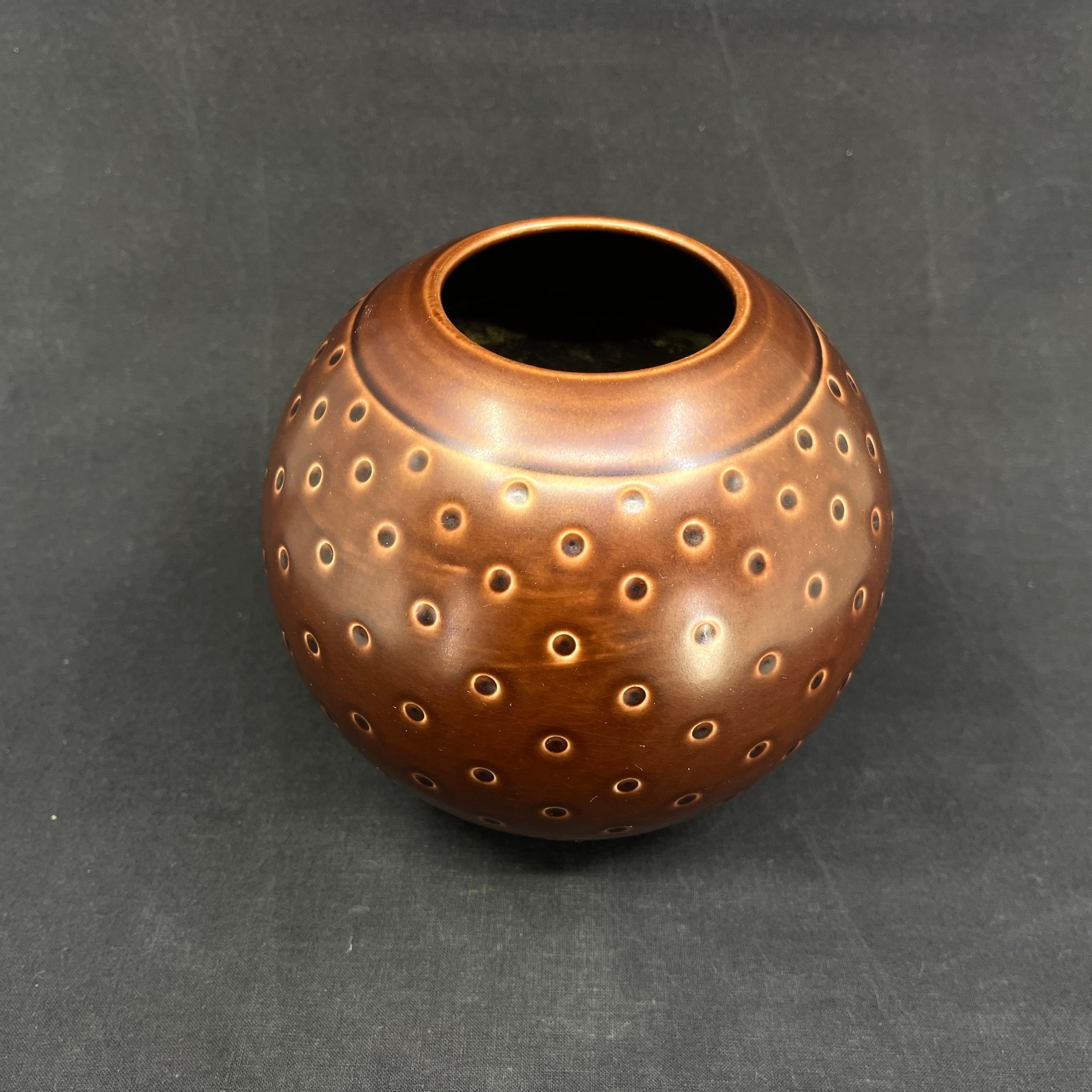 950,00 kr
950,00 kr
 950,00 kr
950,00 kr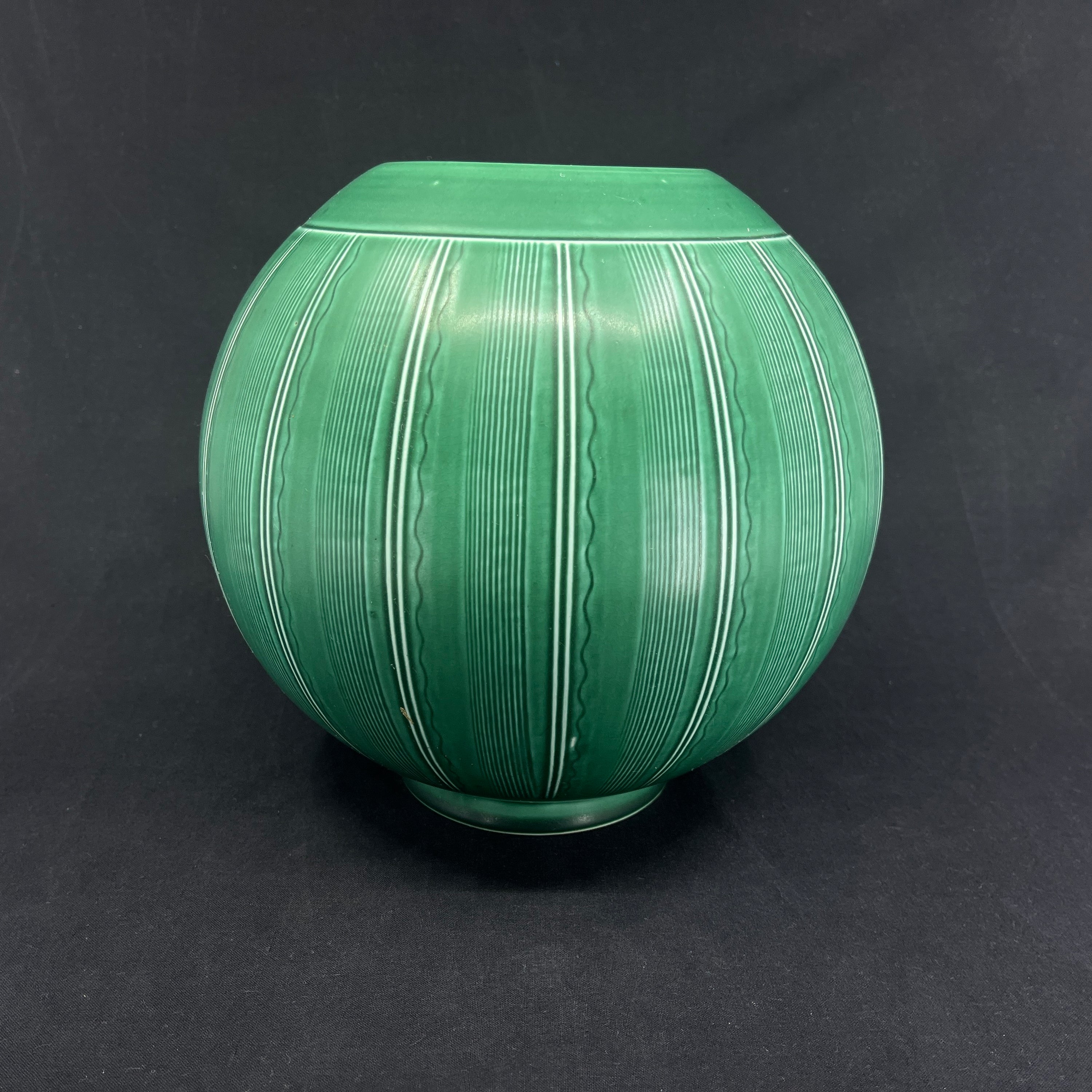
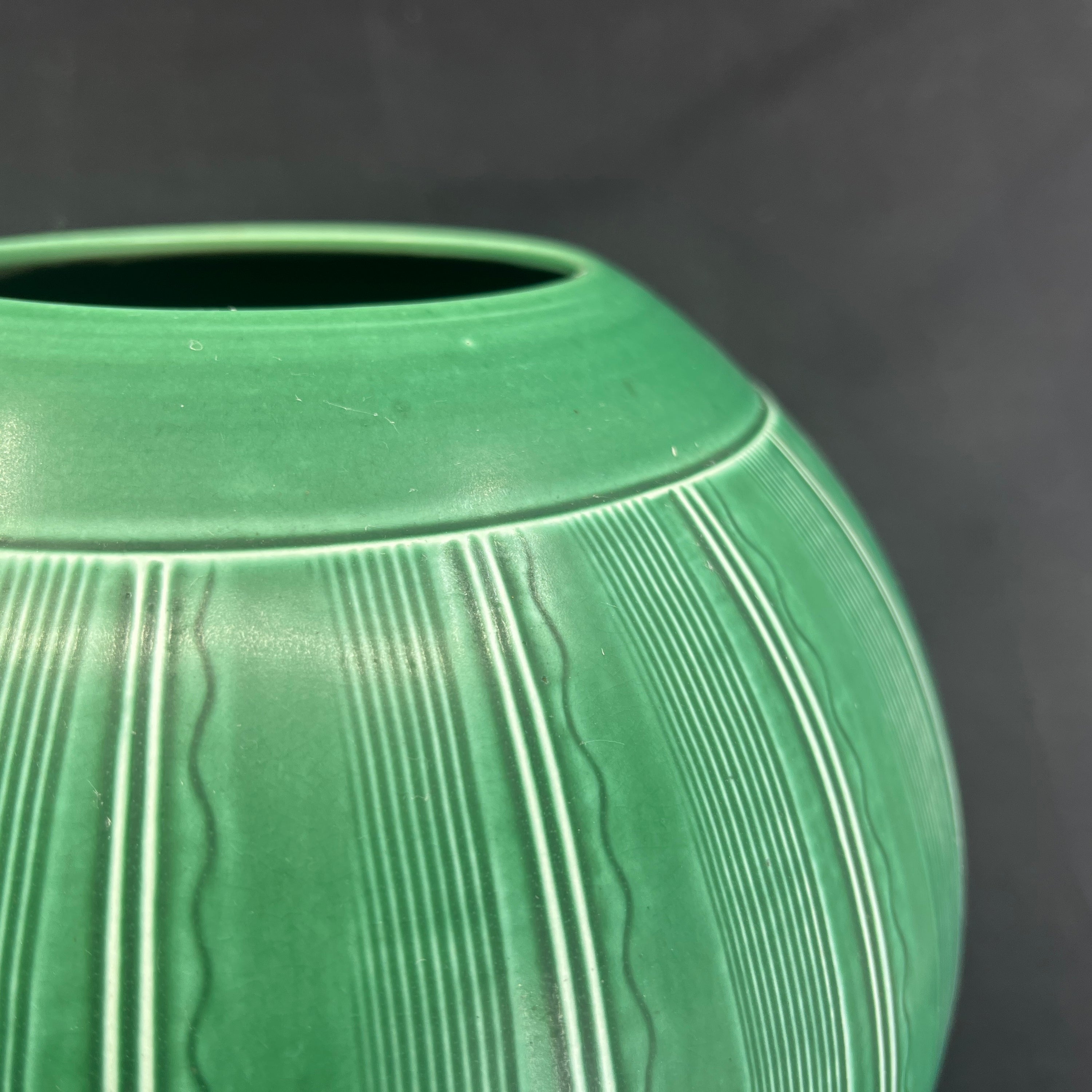 4.900,00 kr
4.900,00 kr